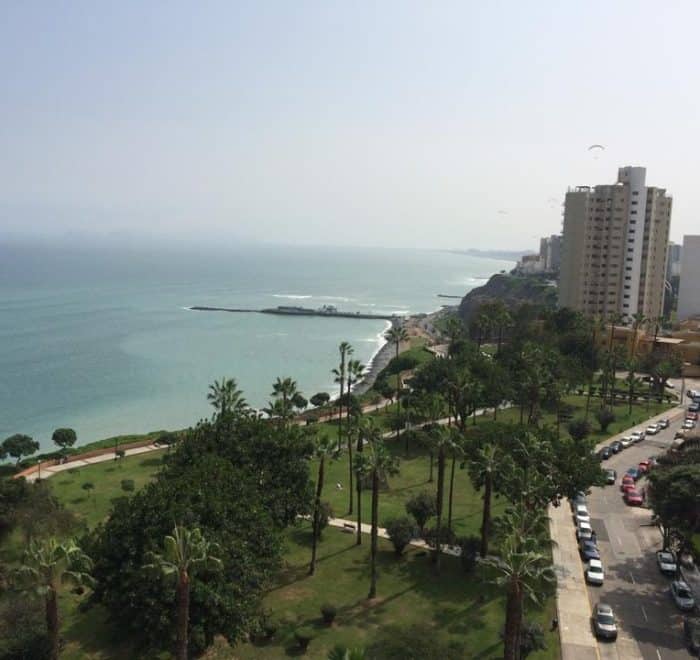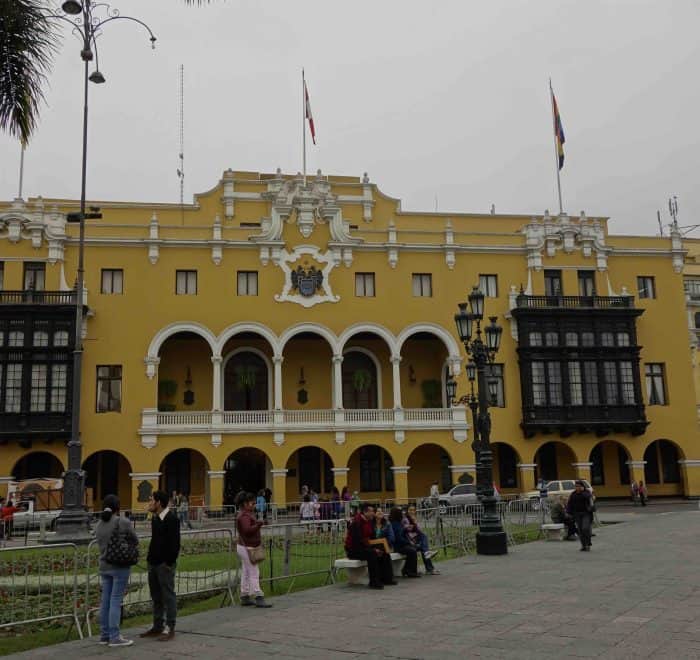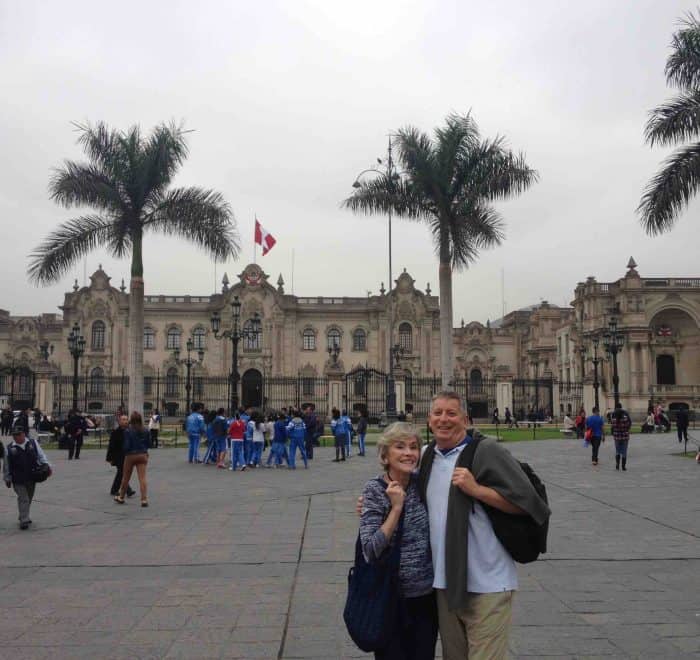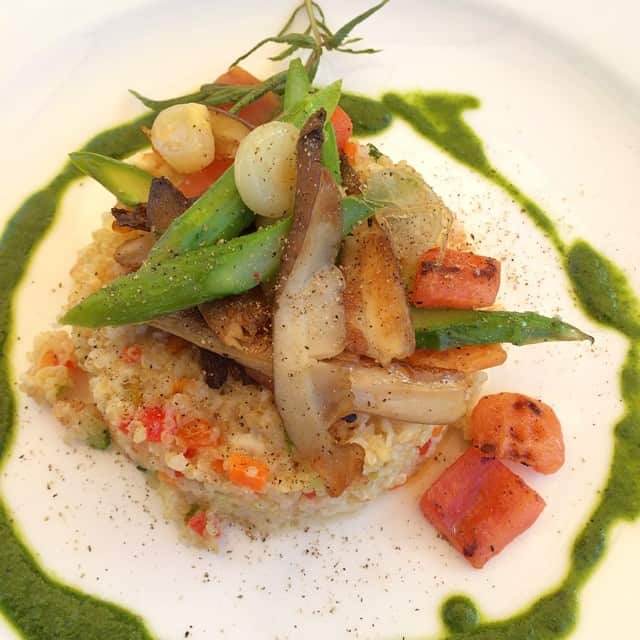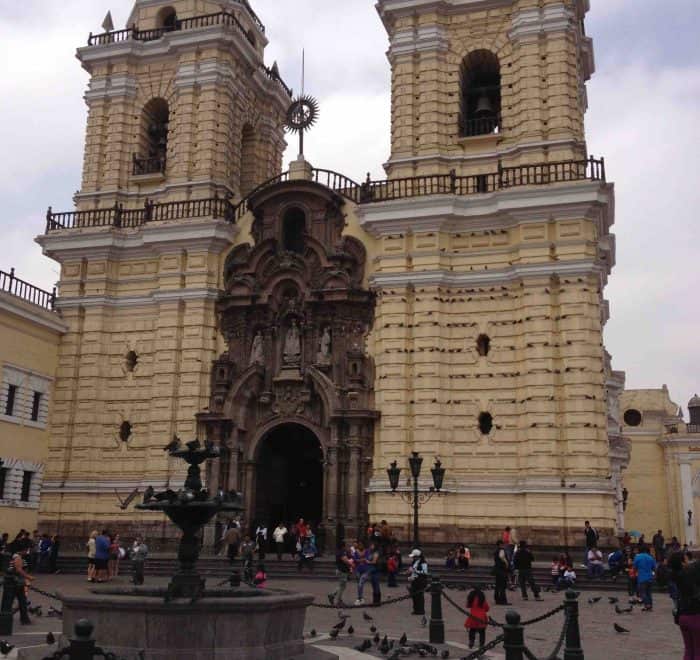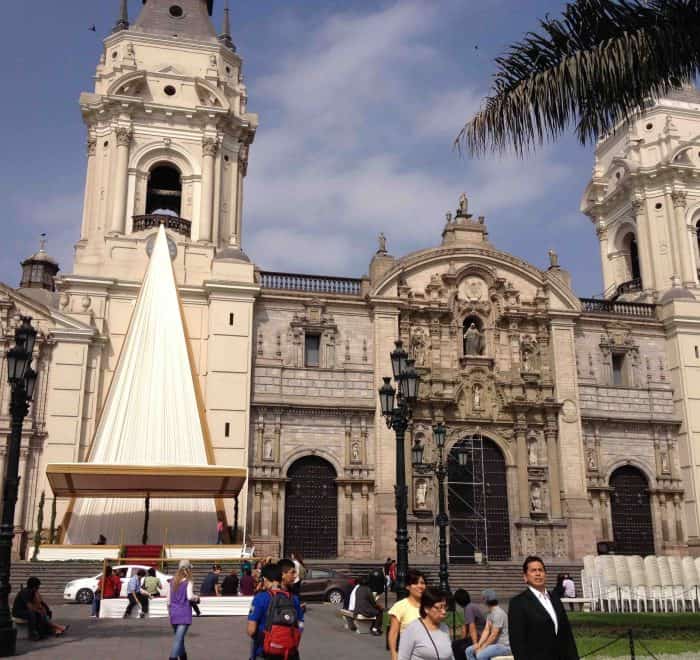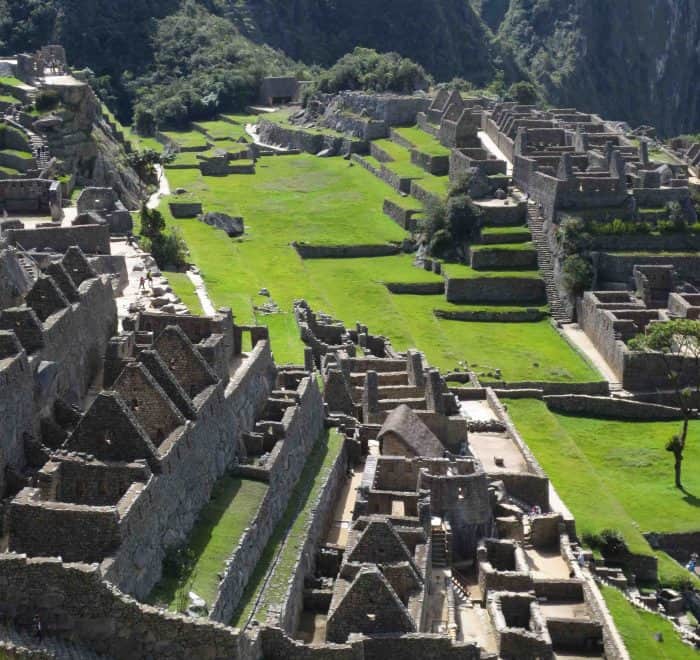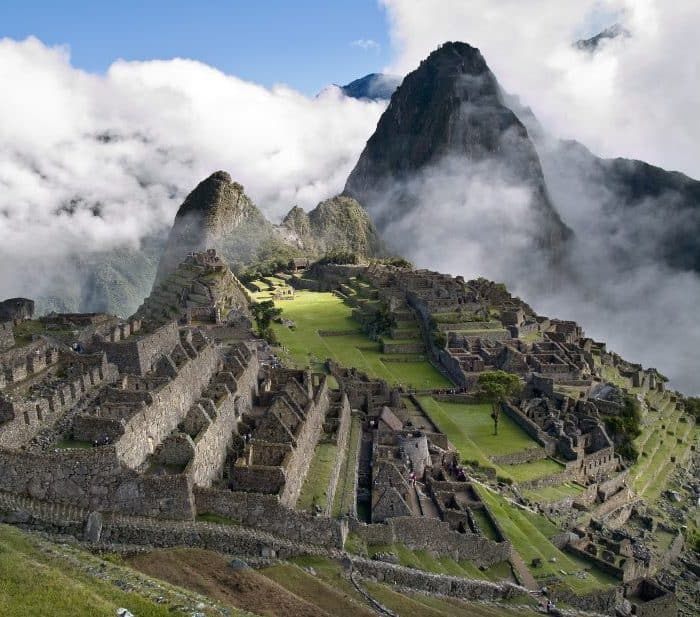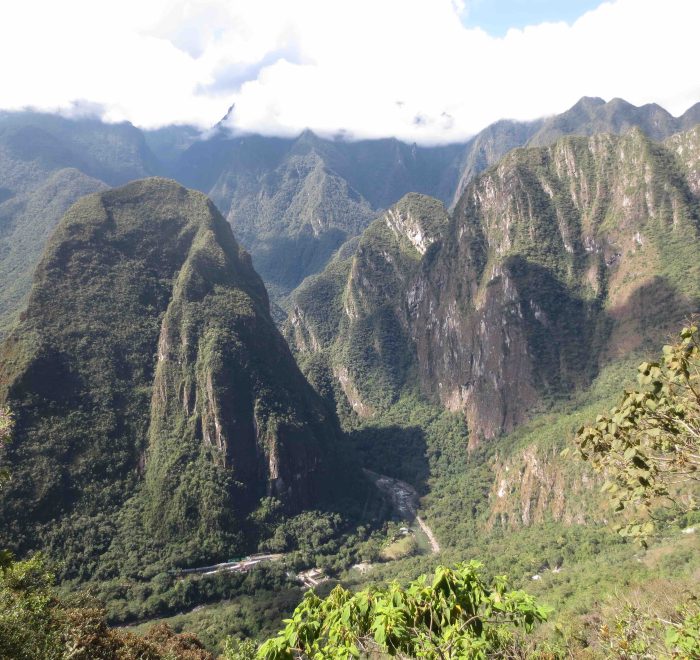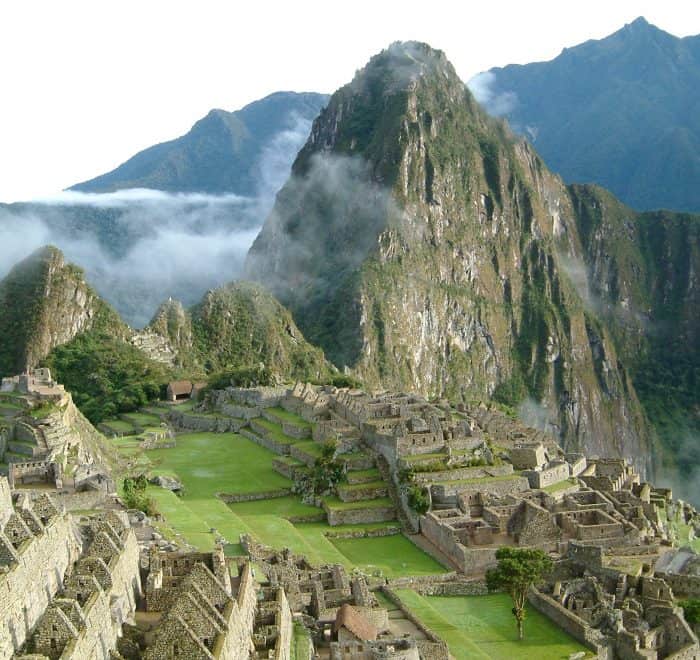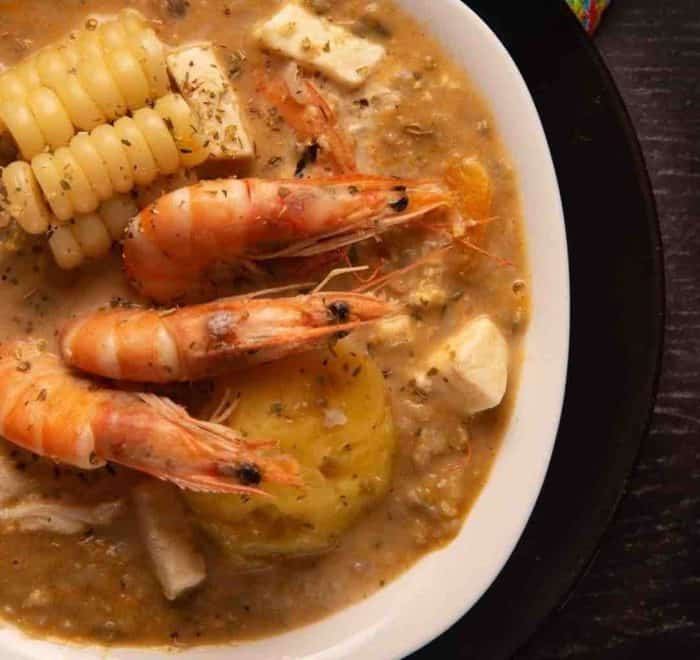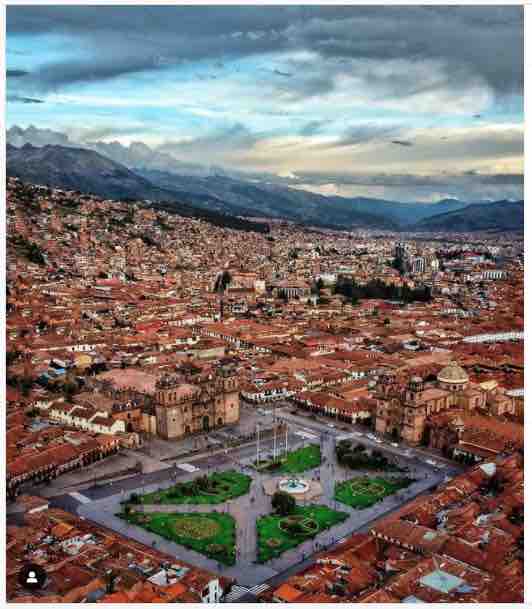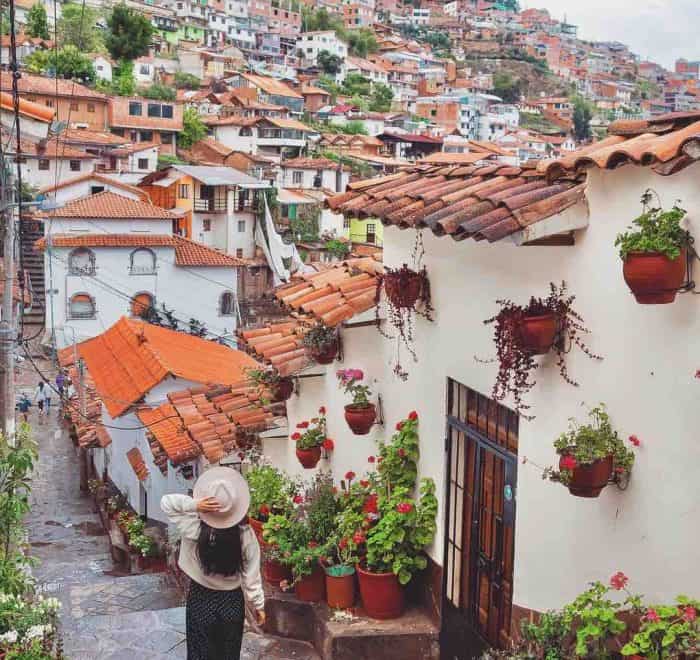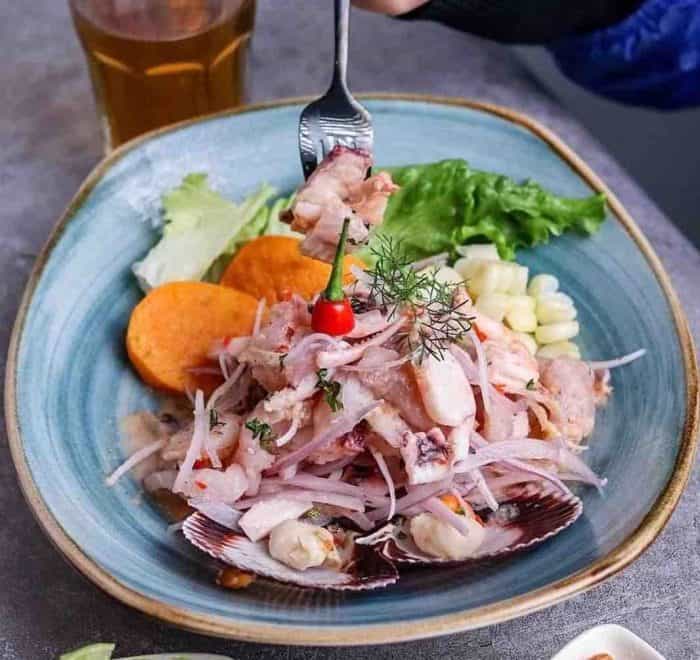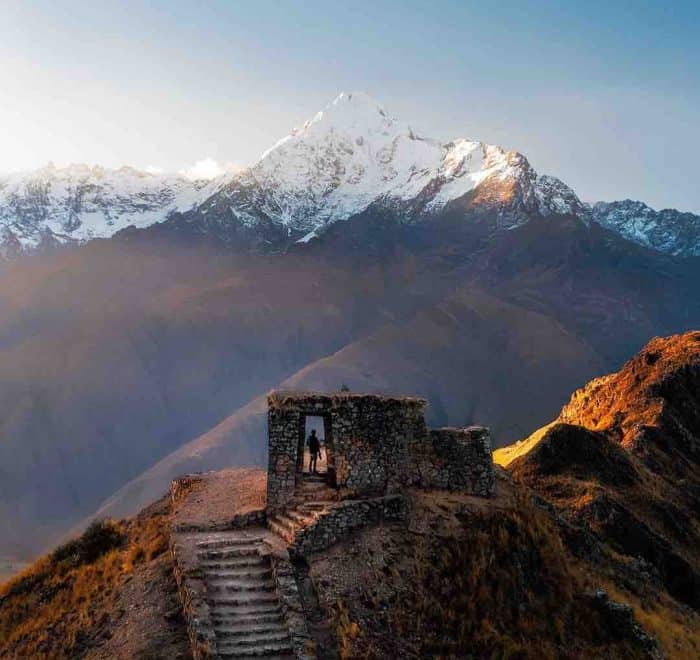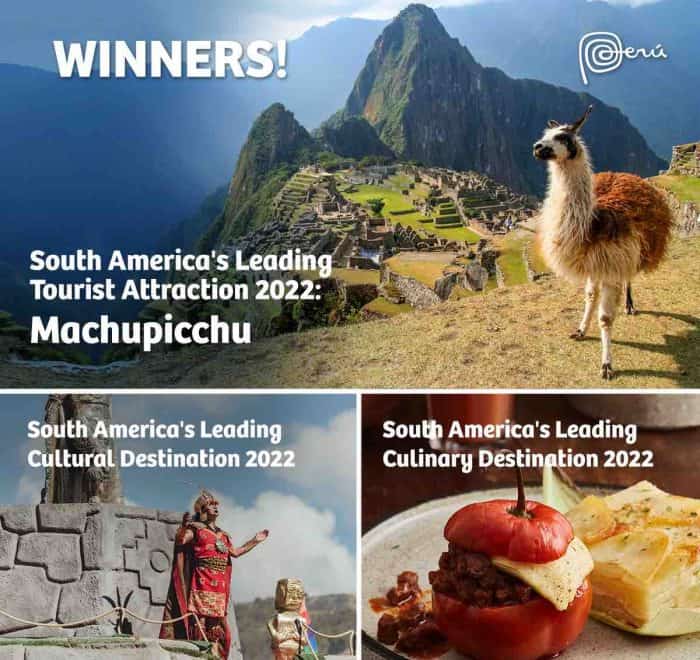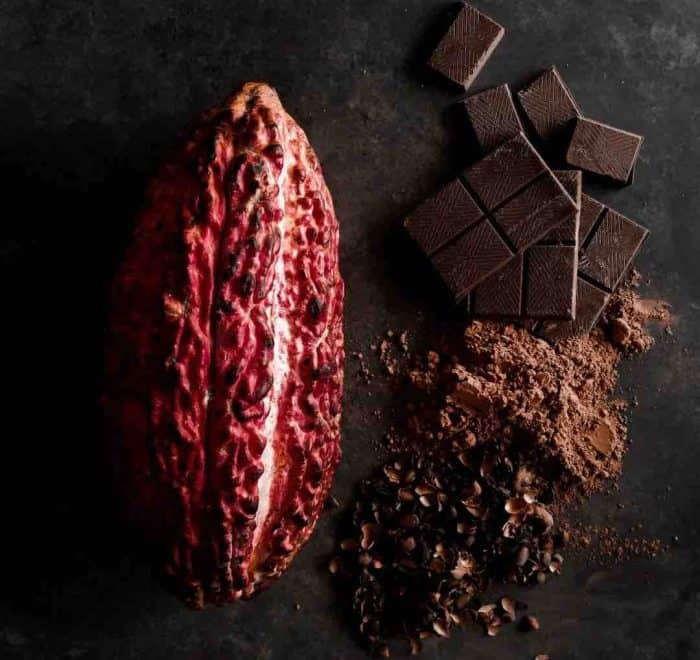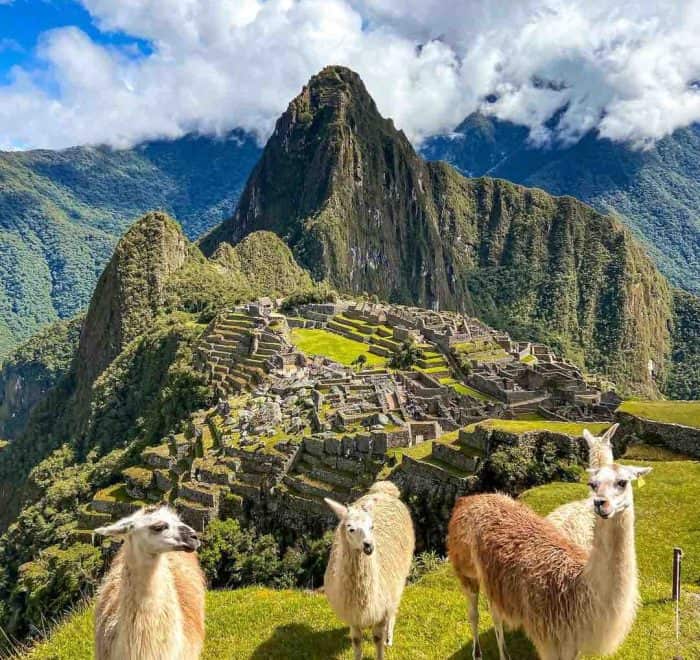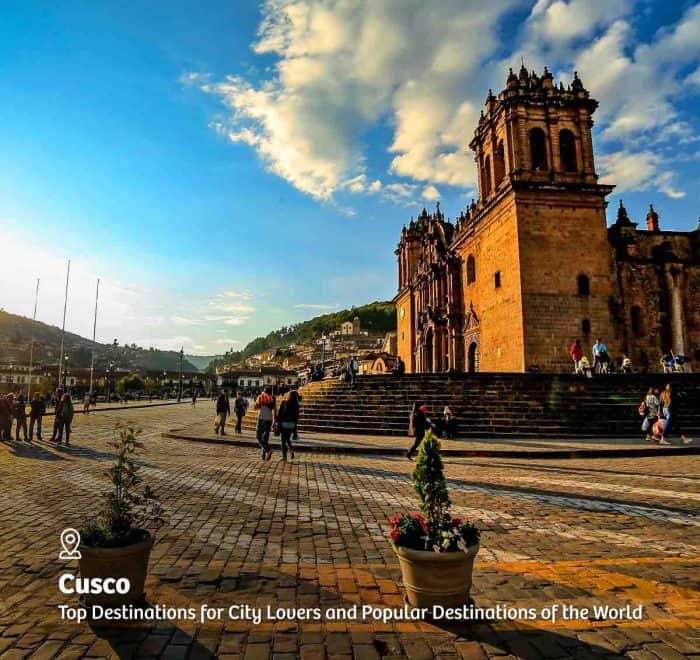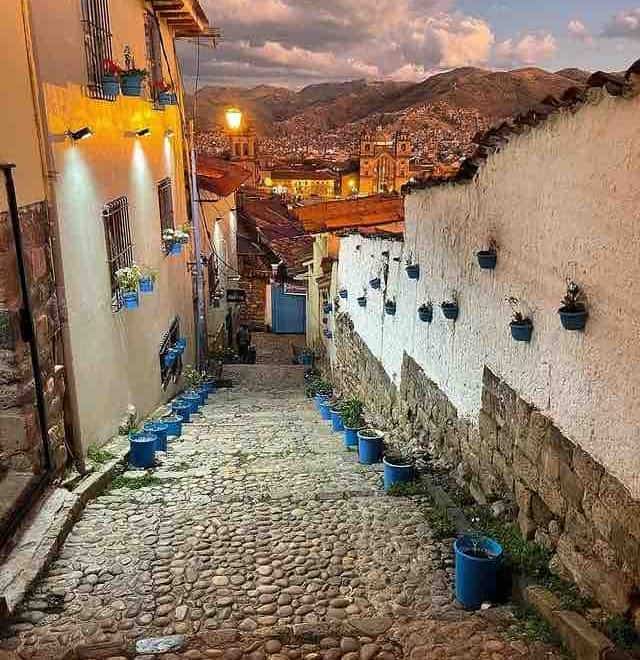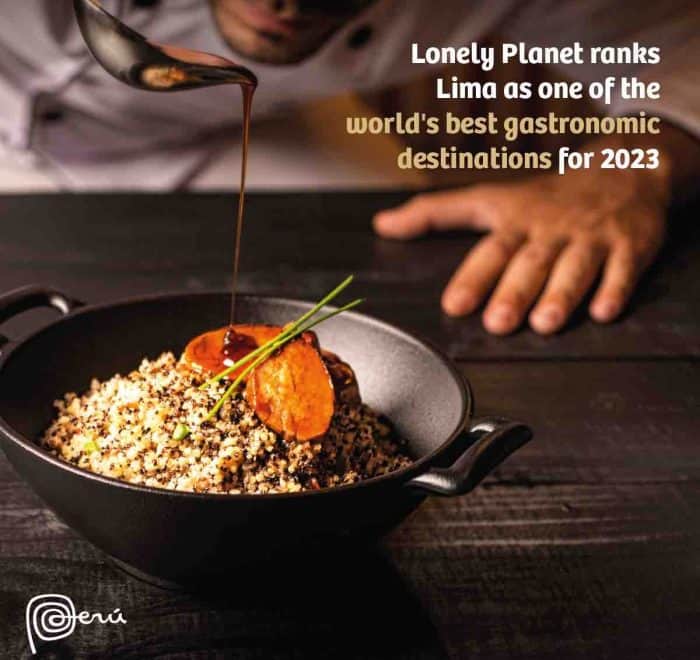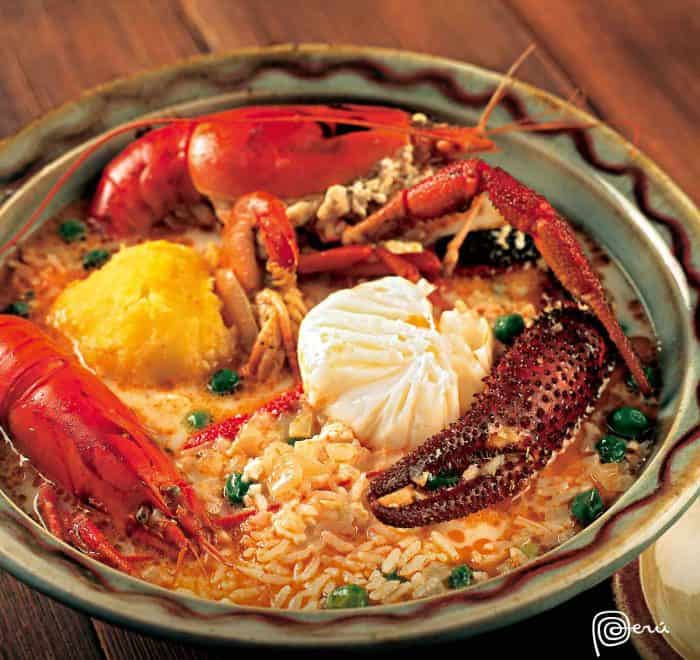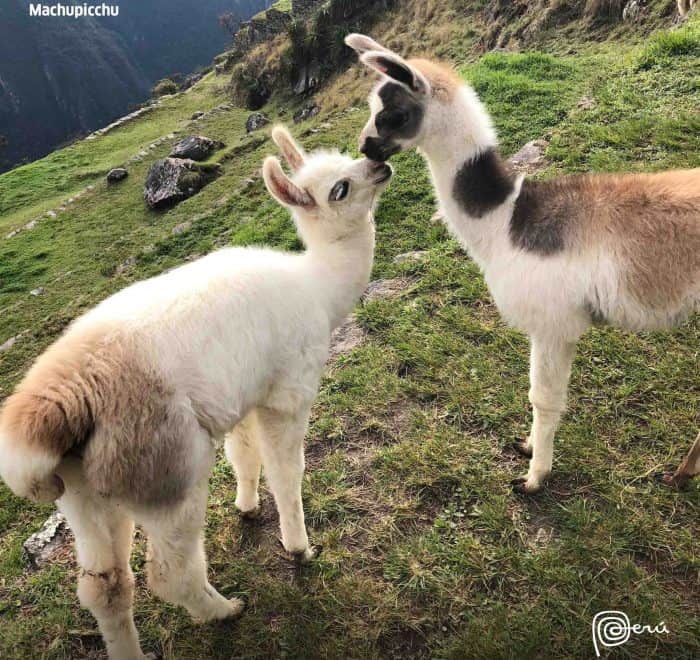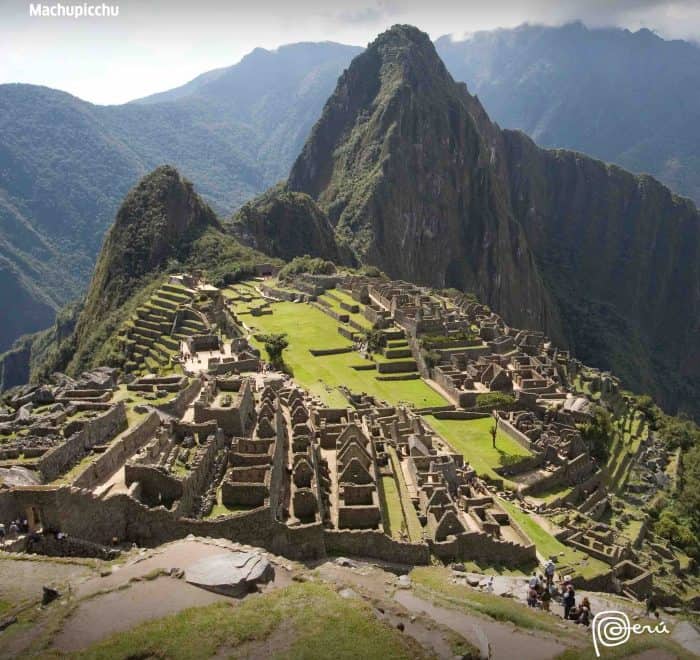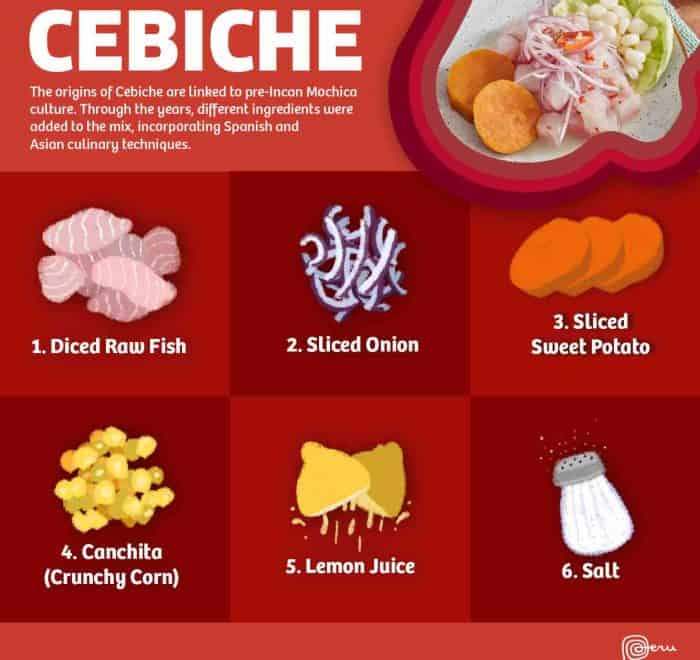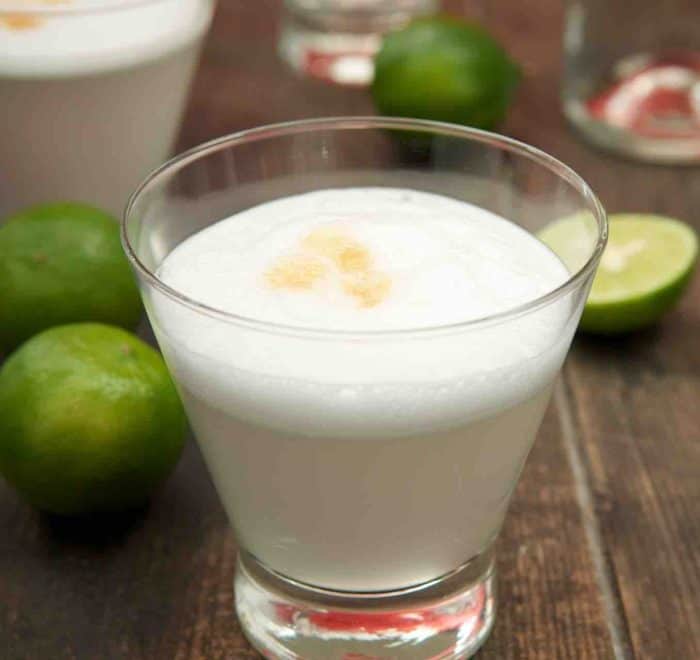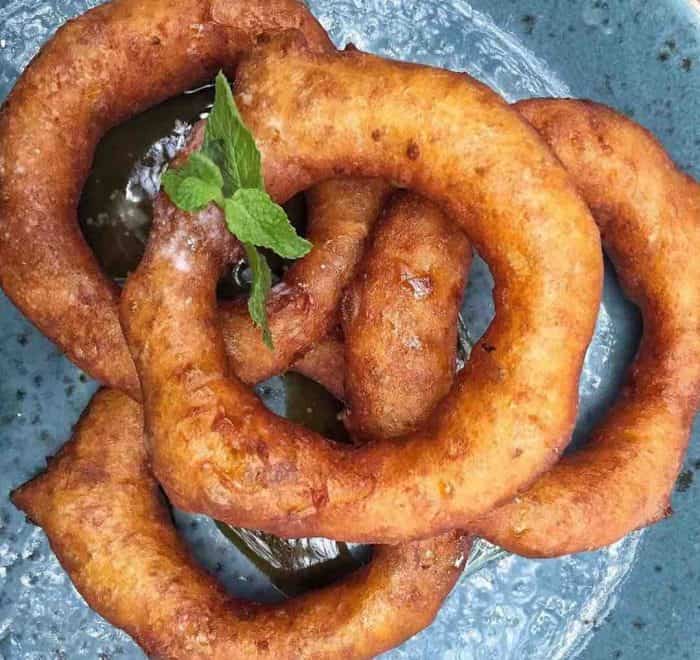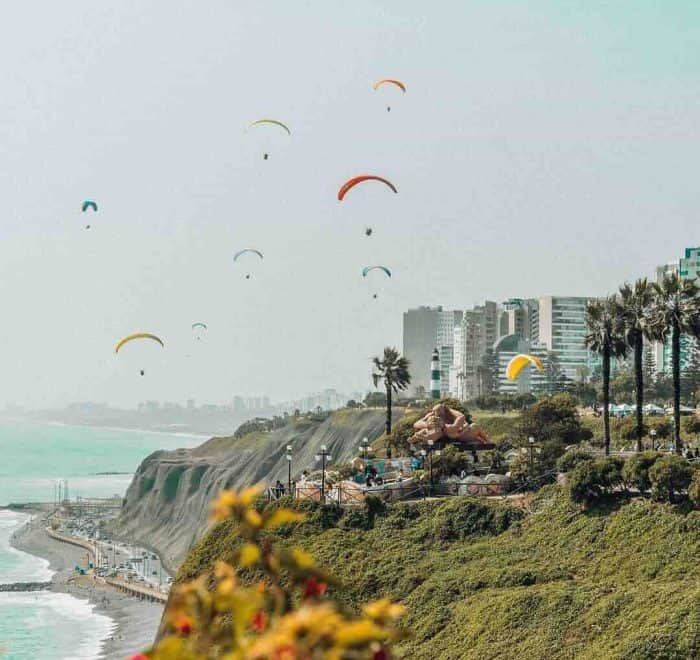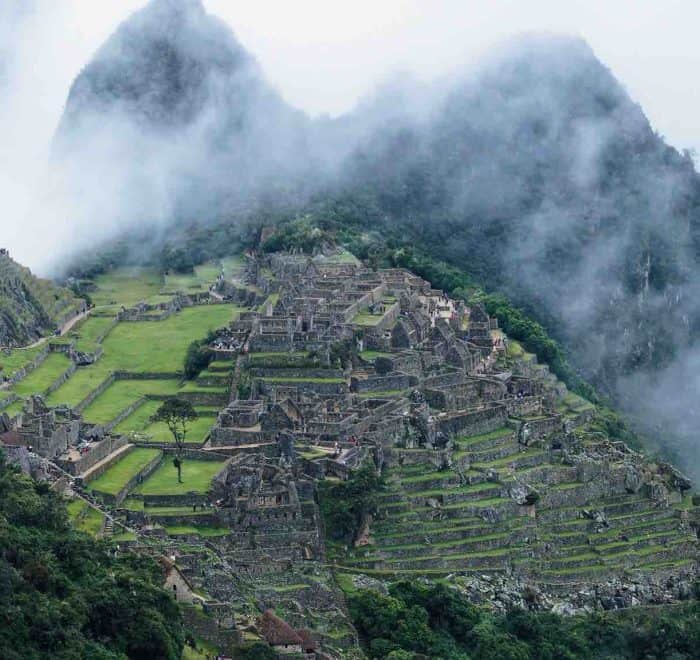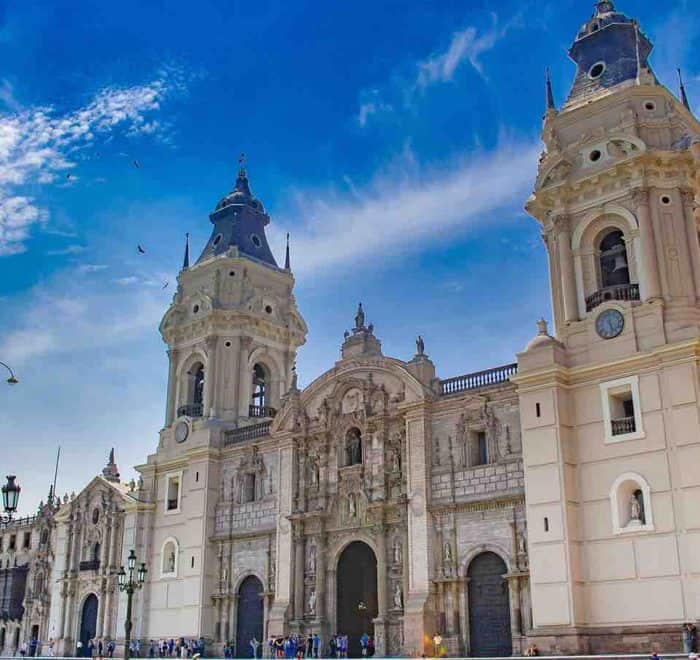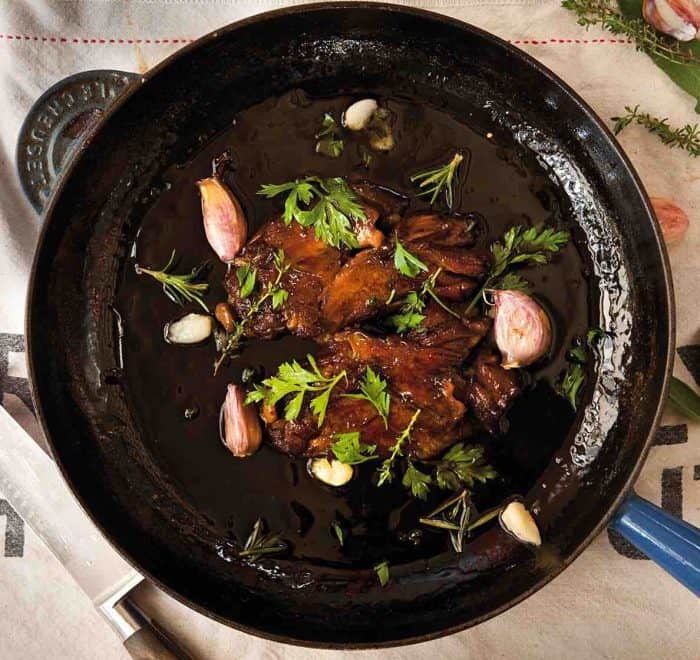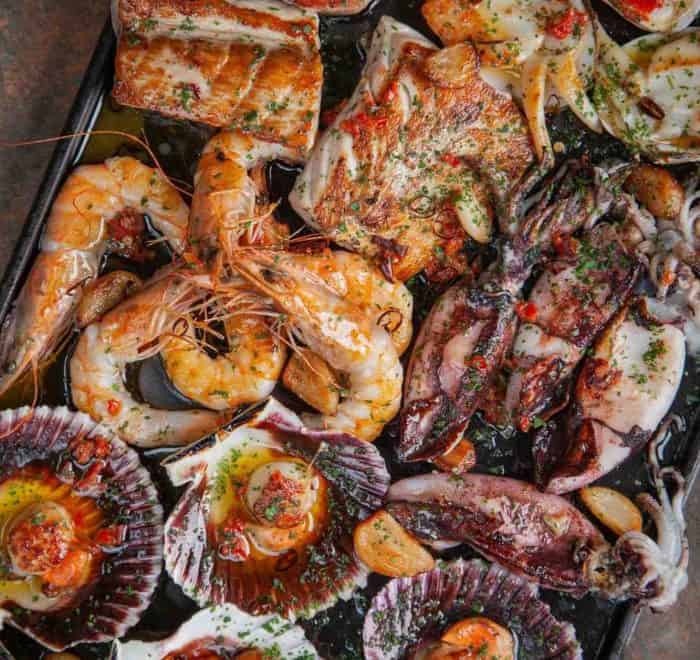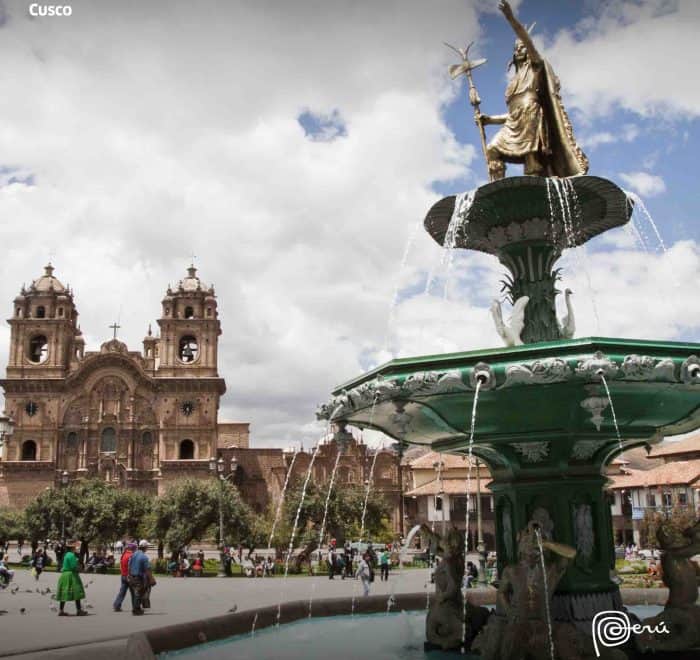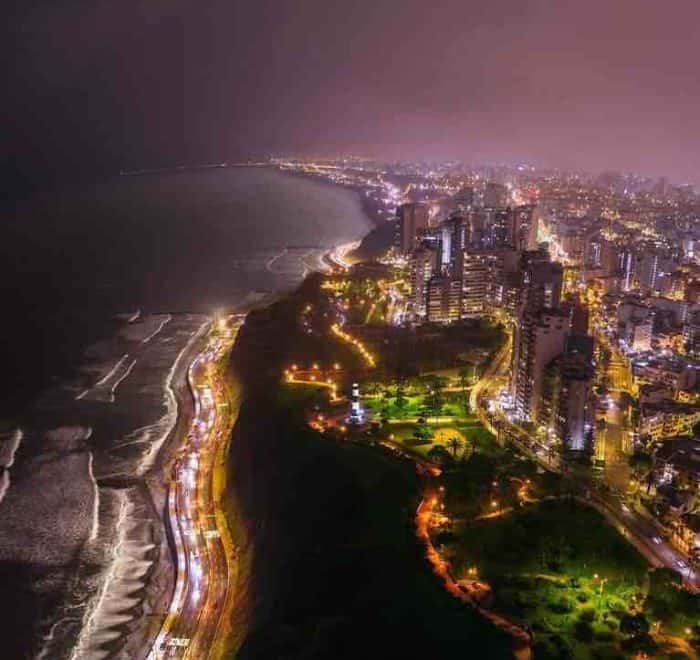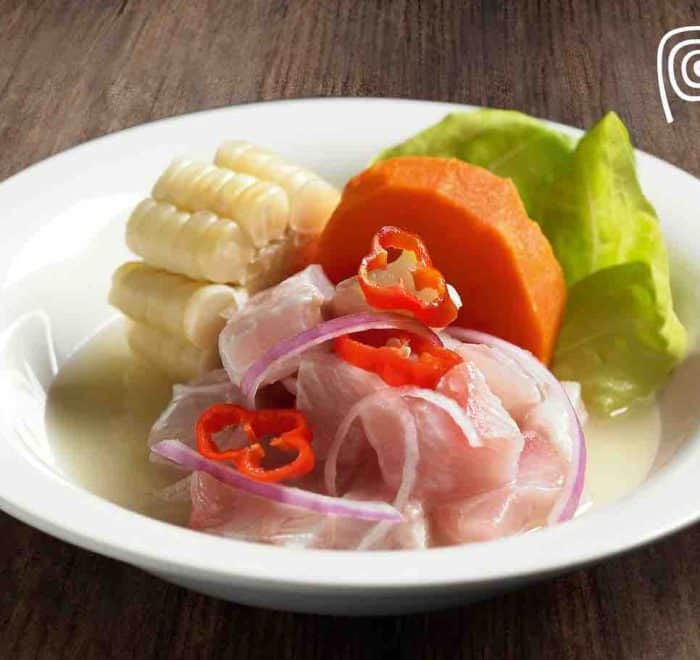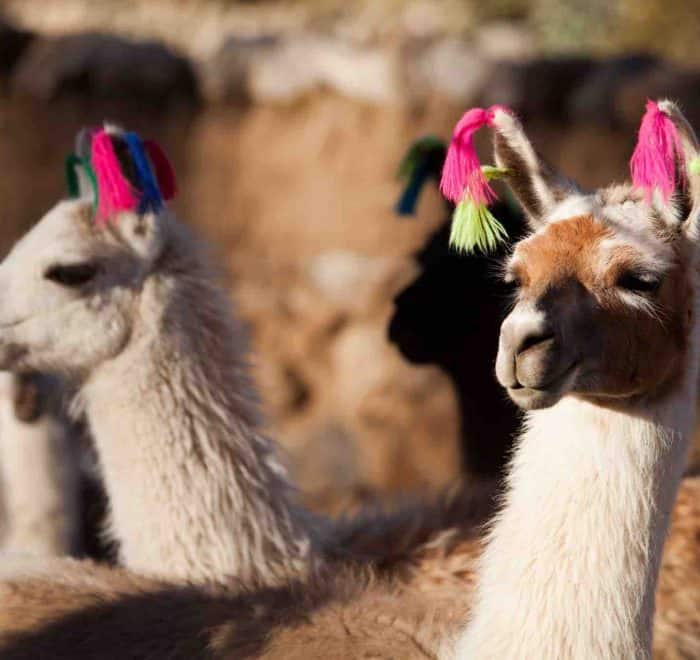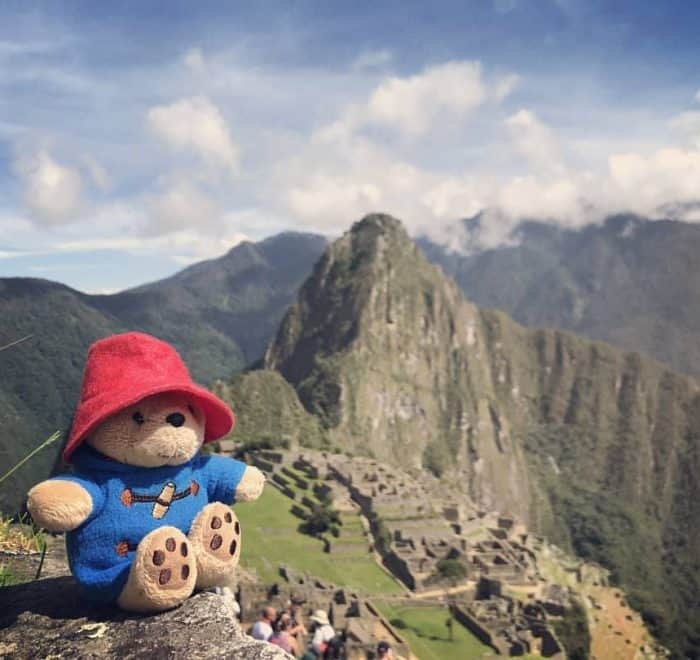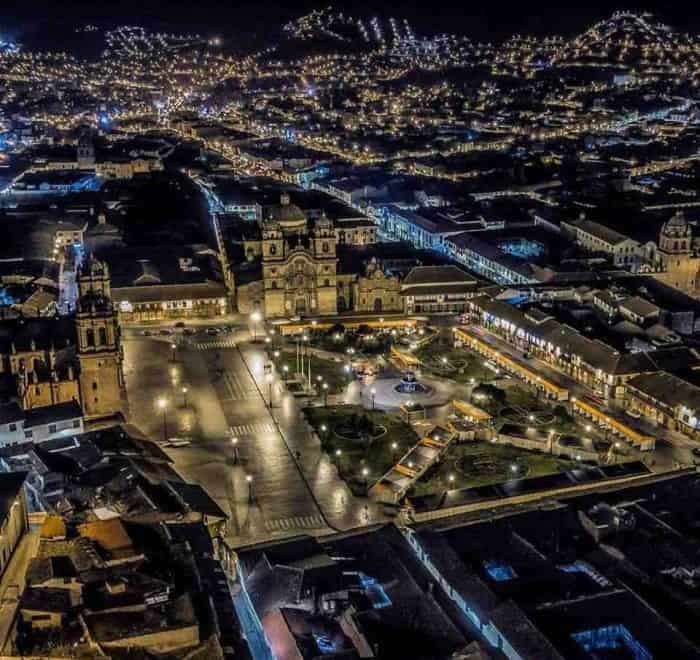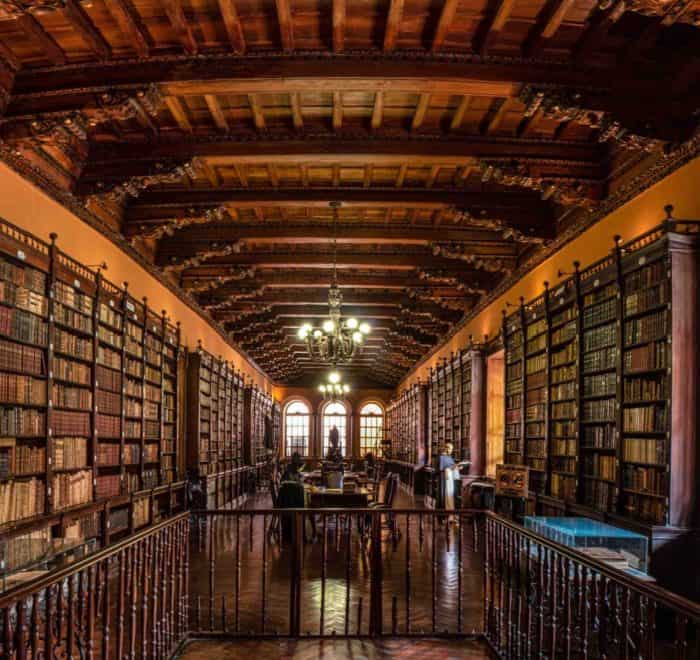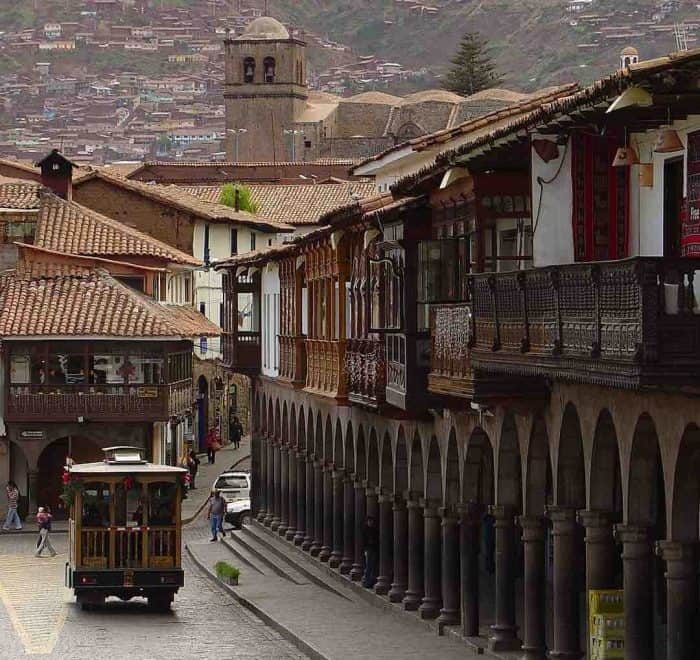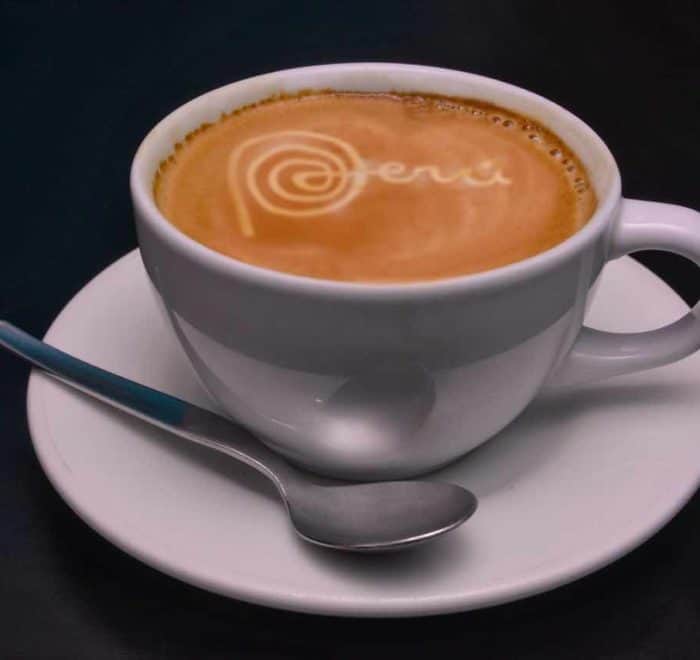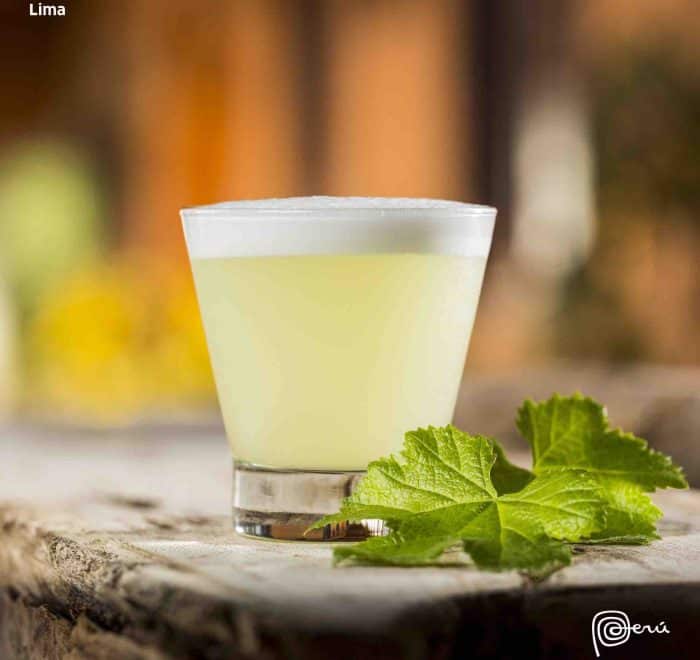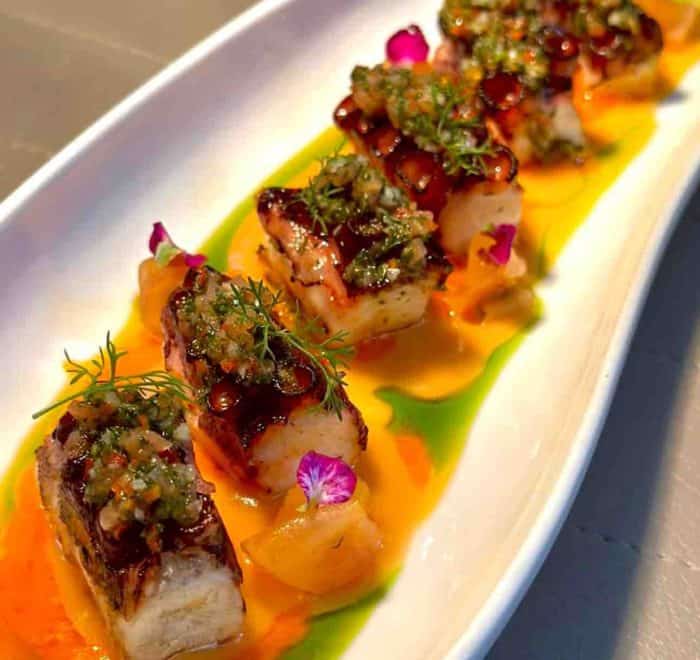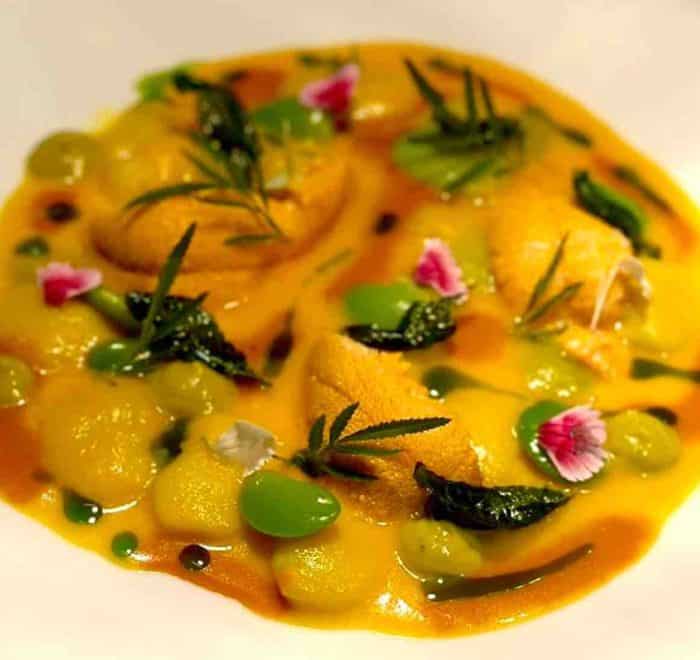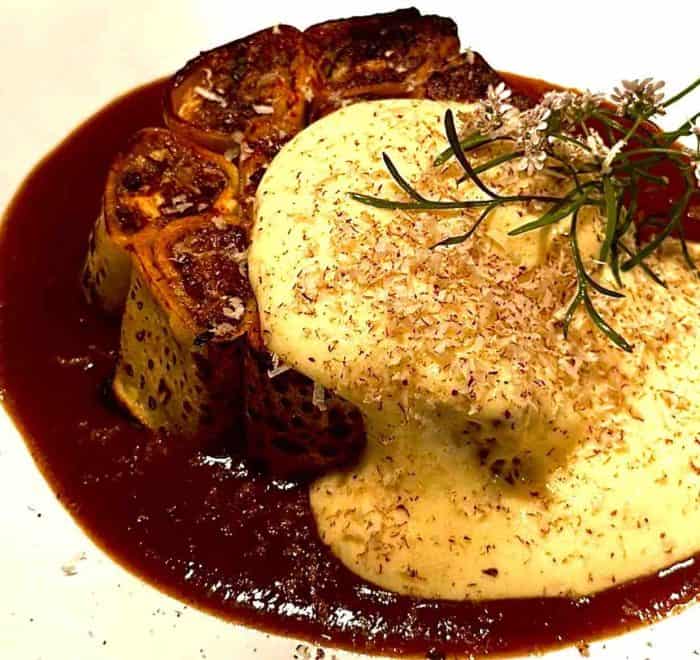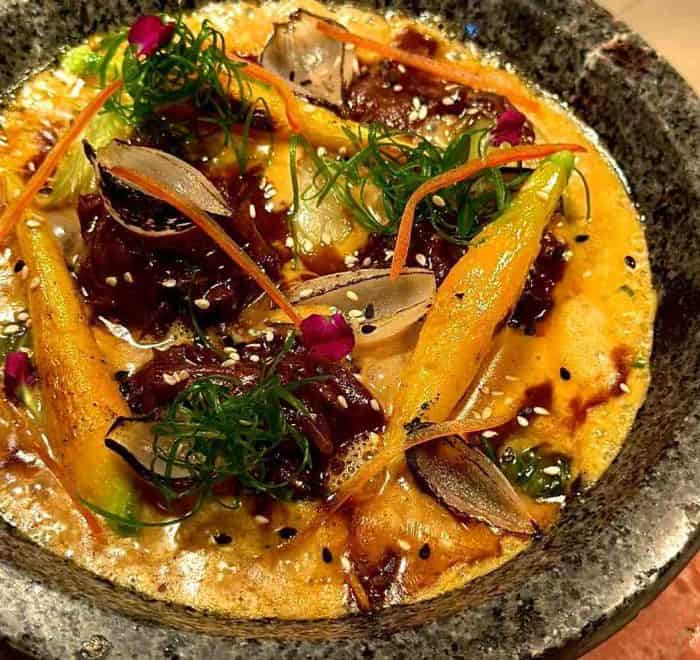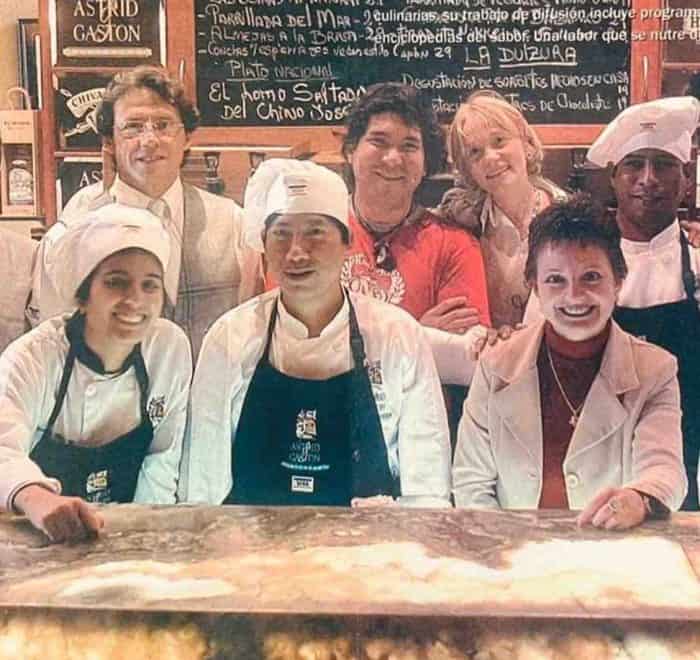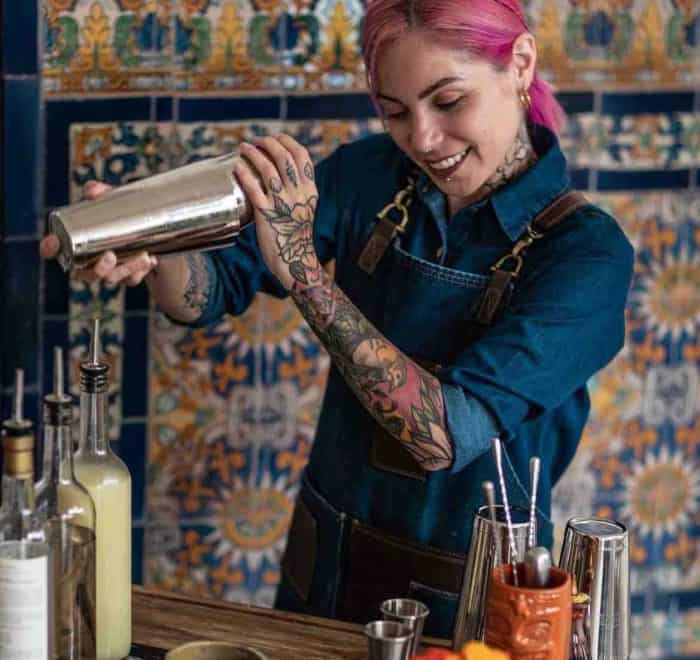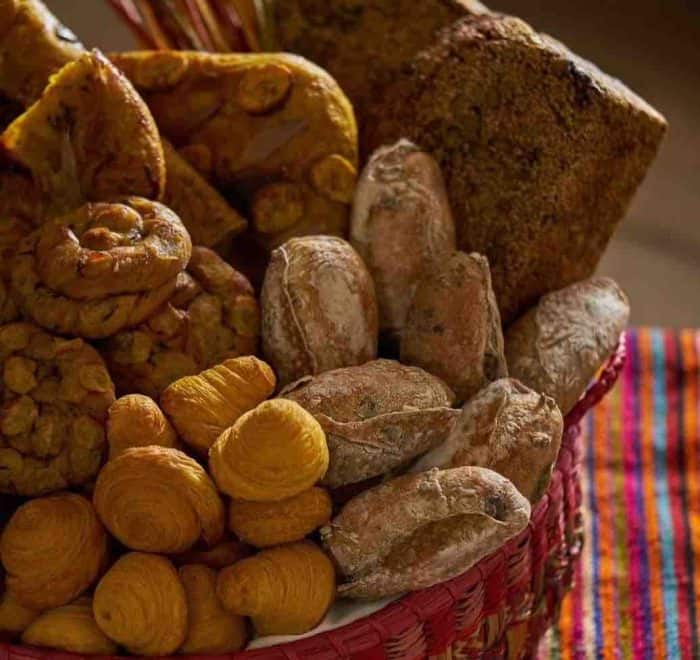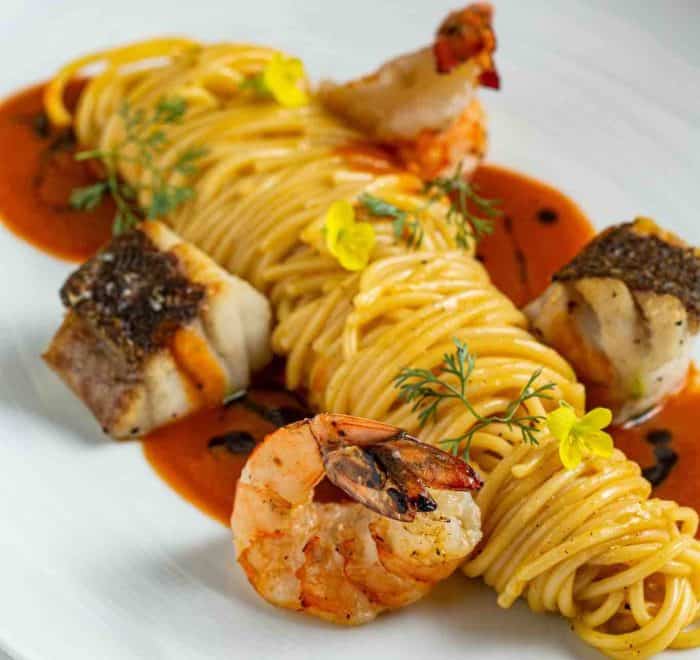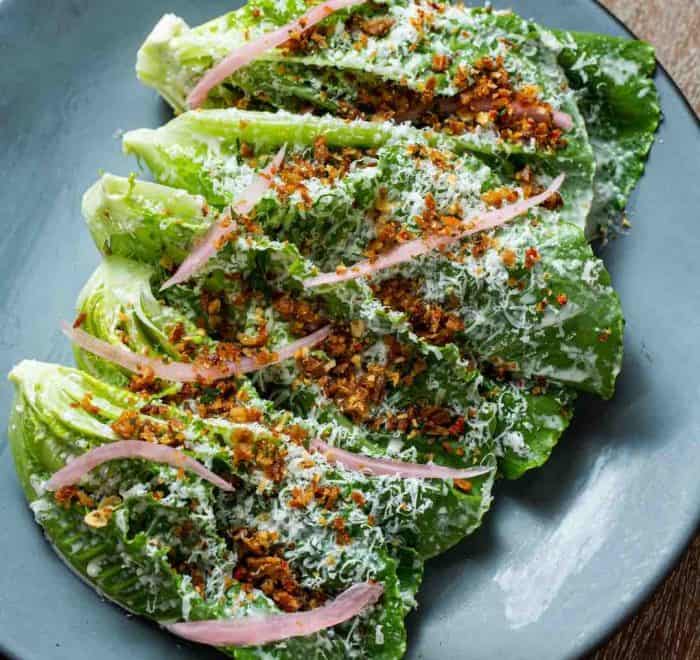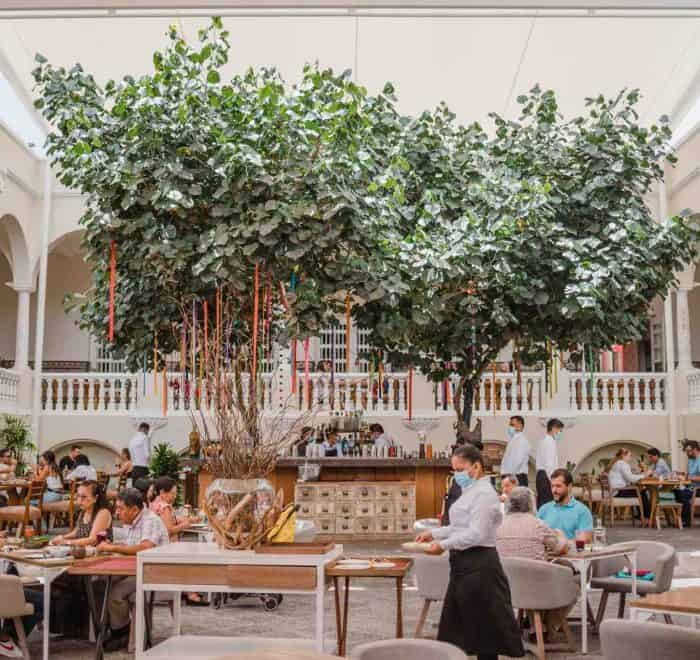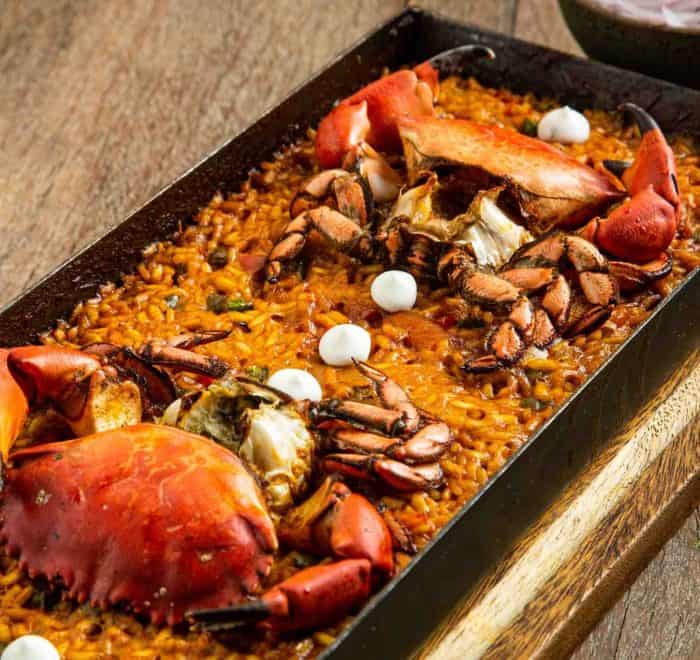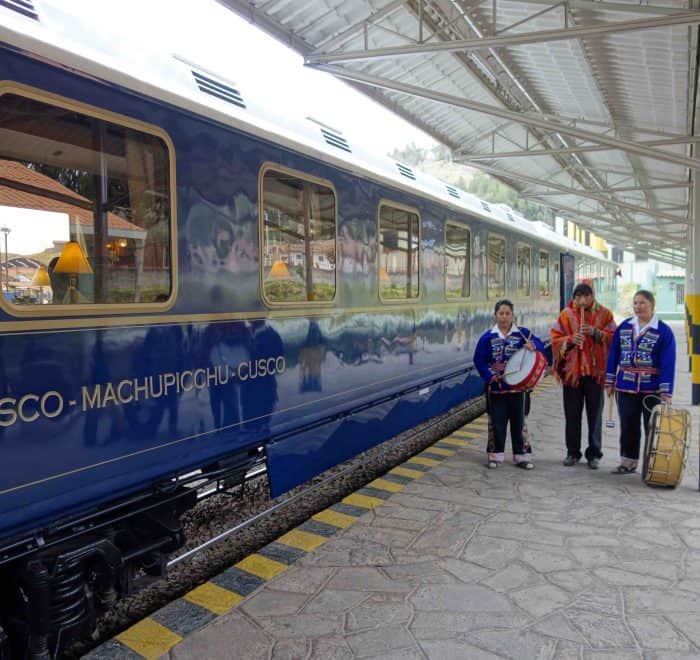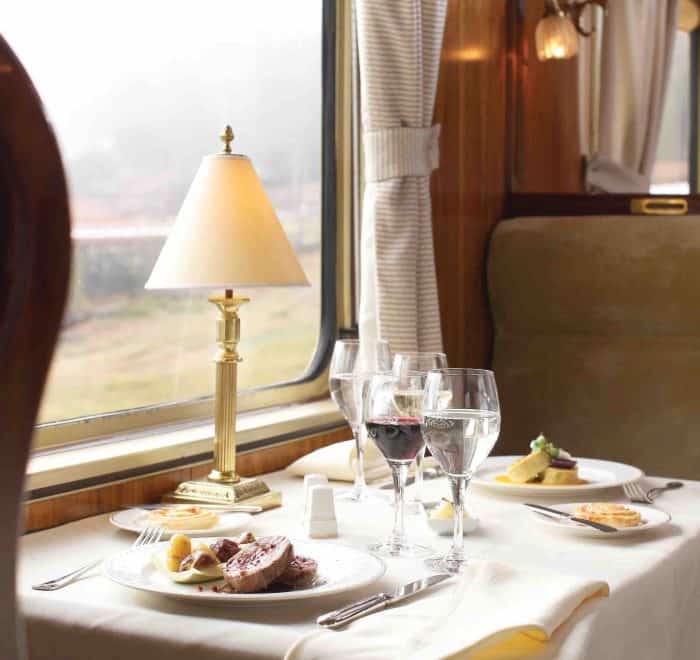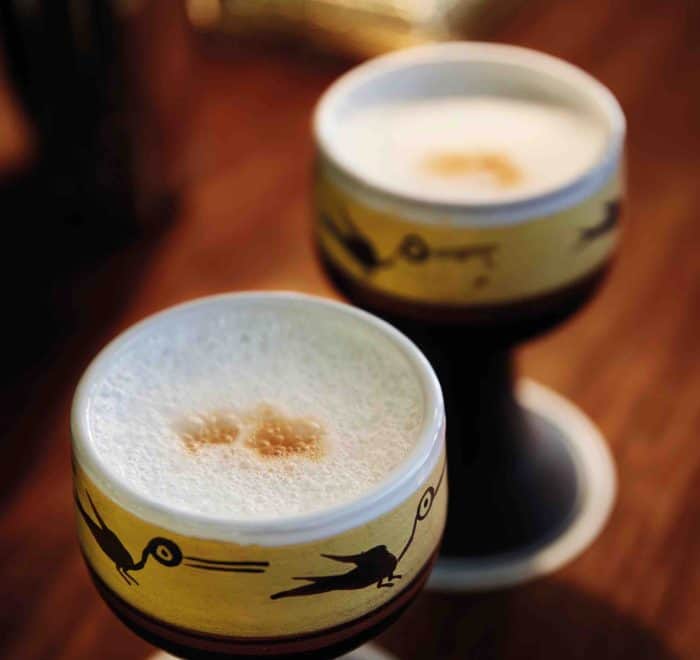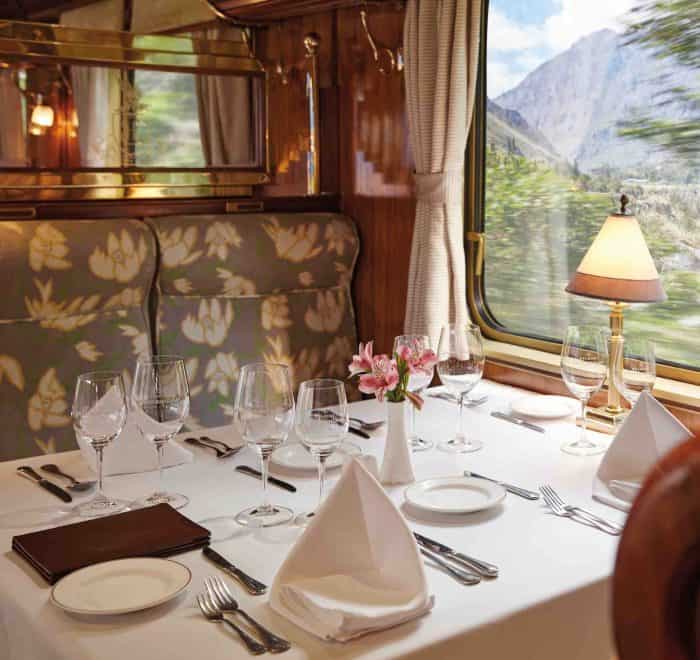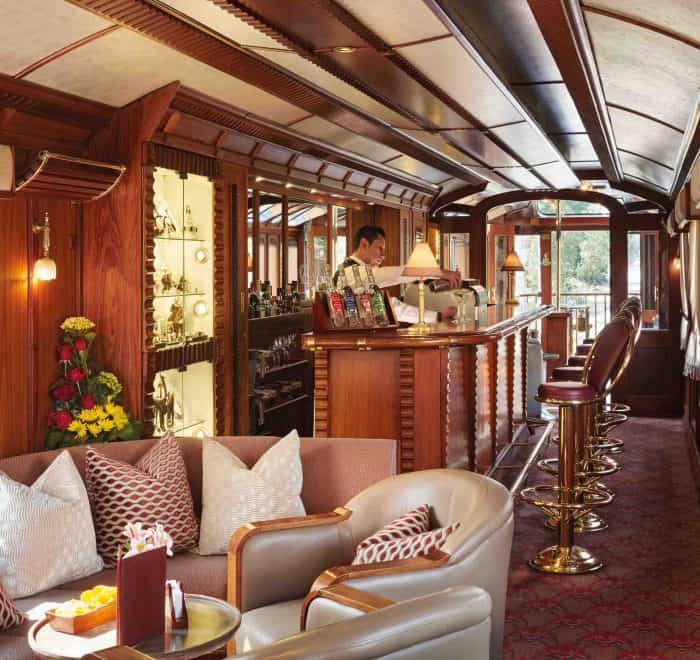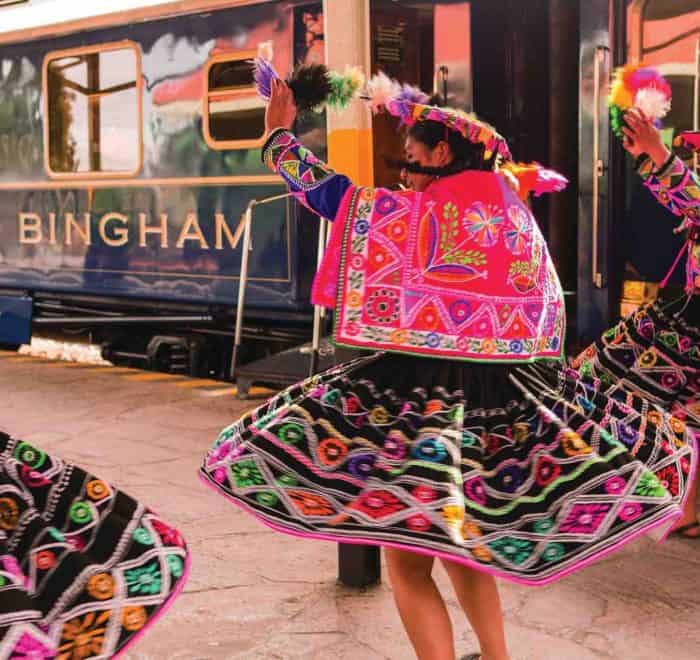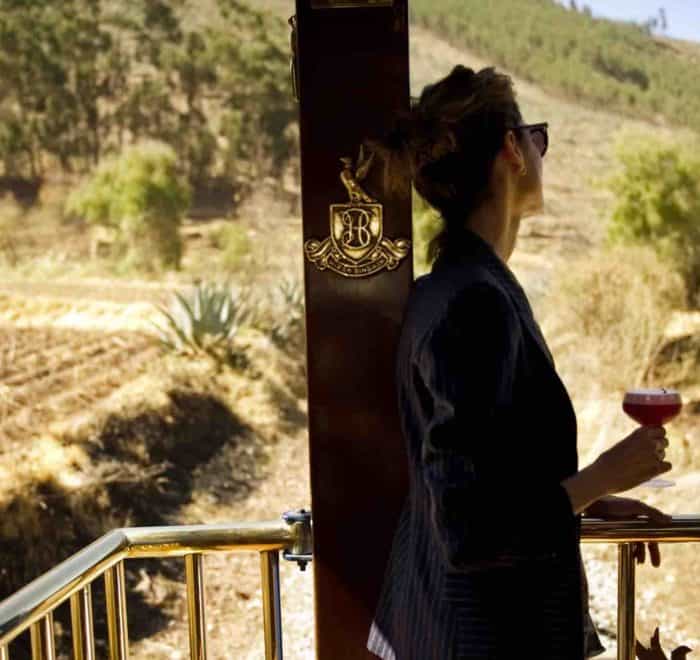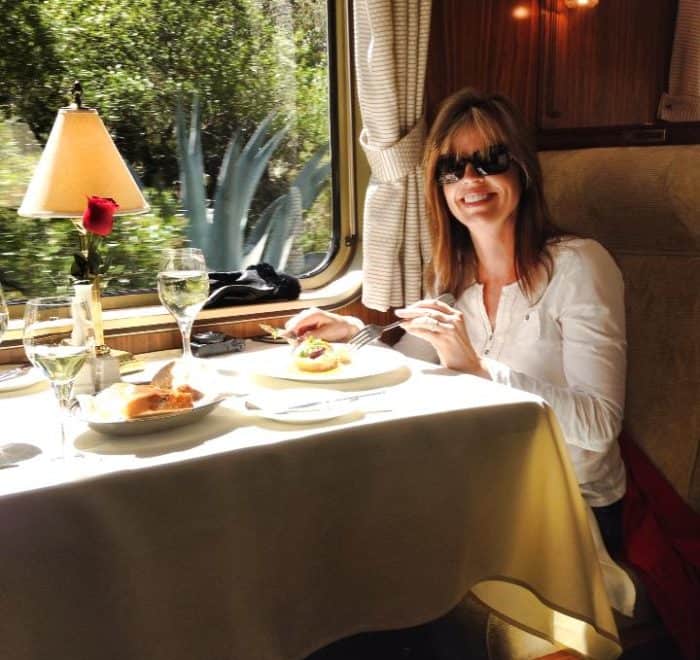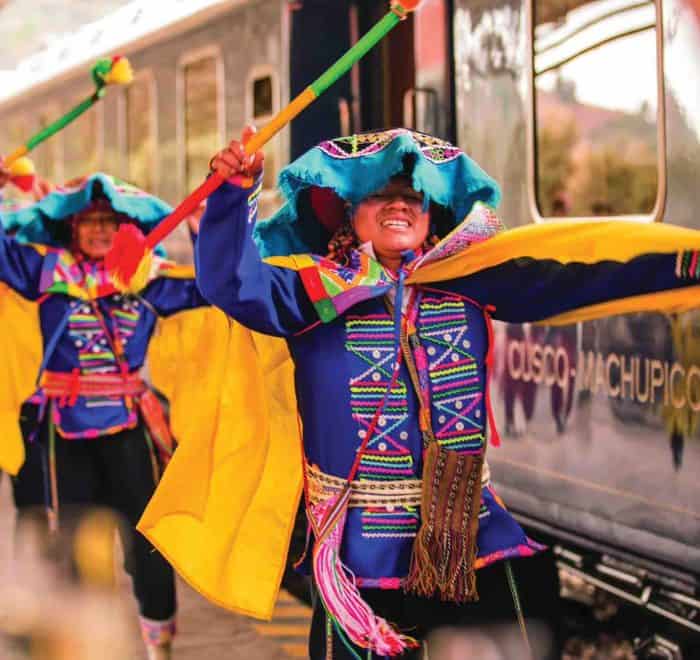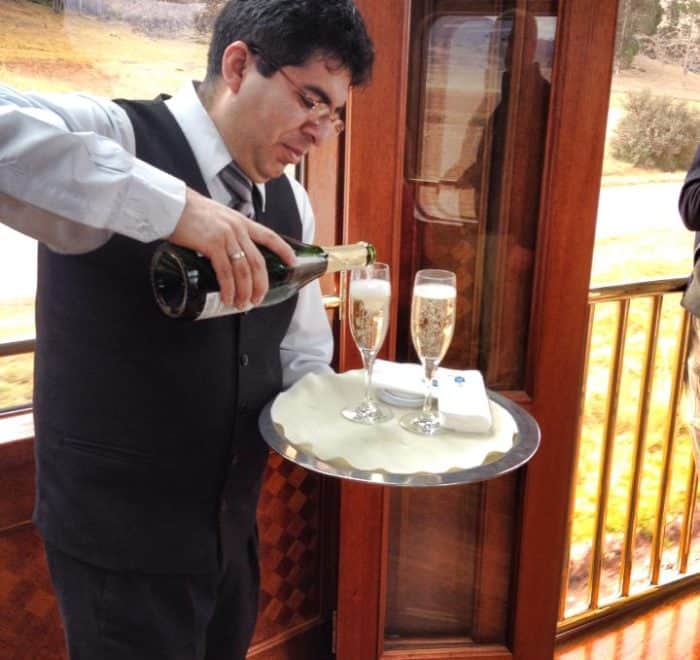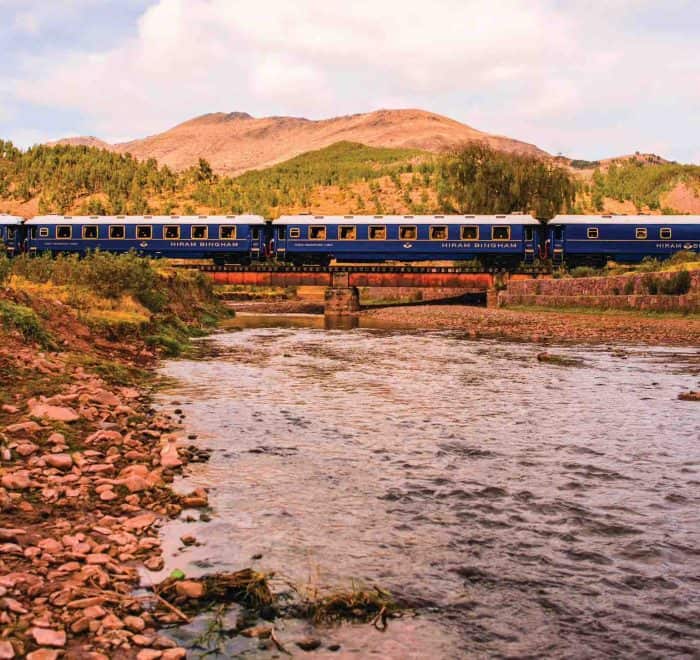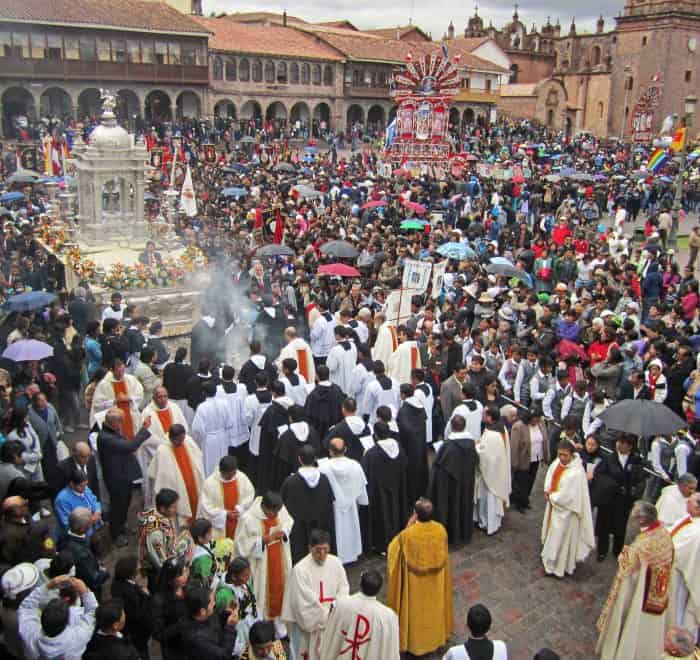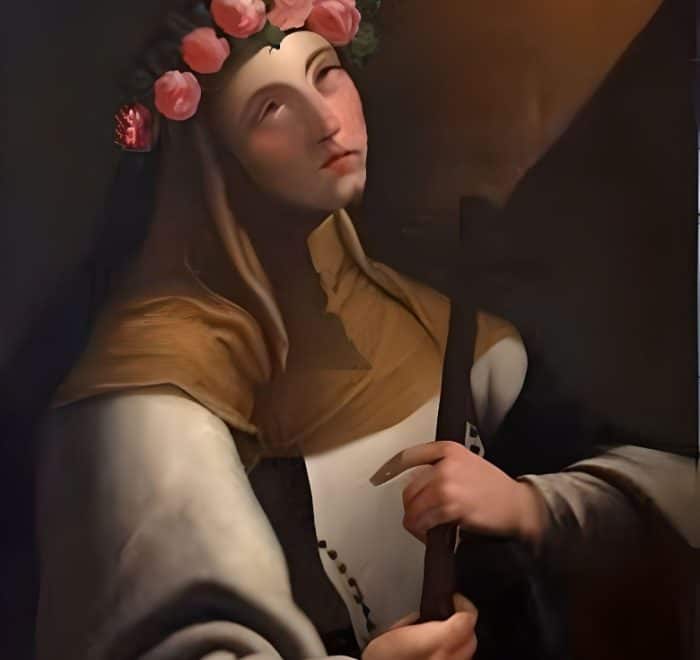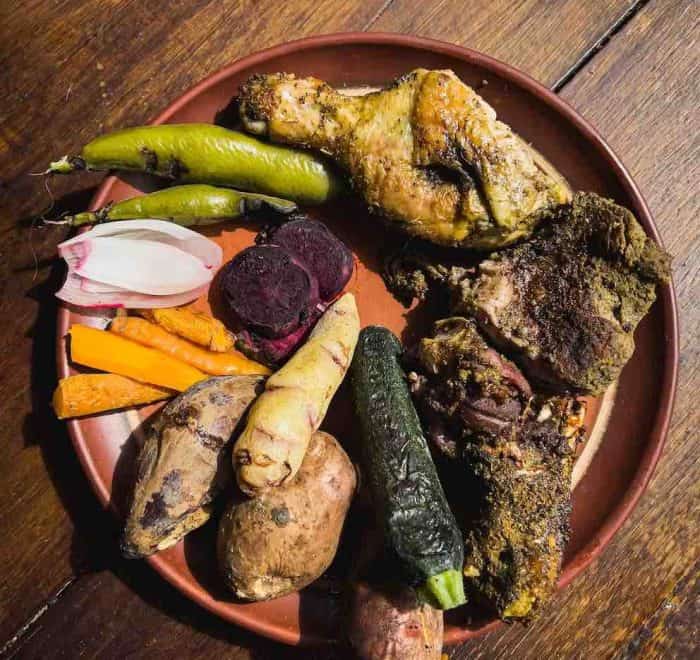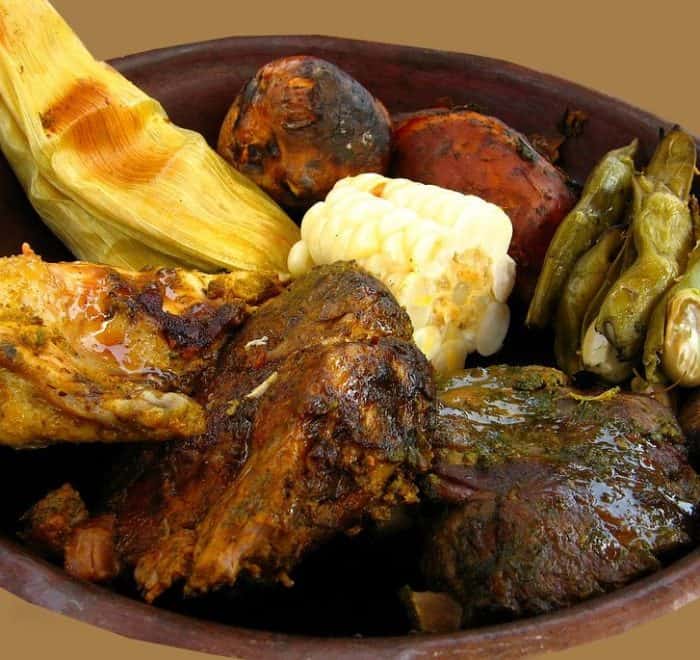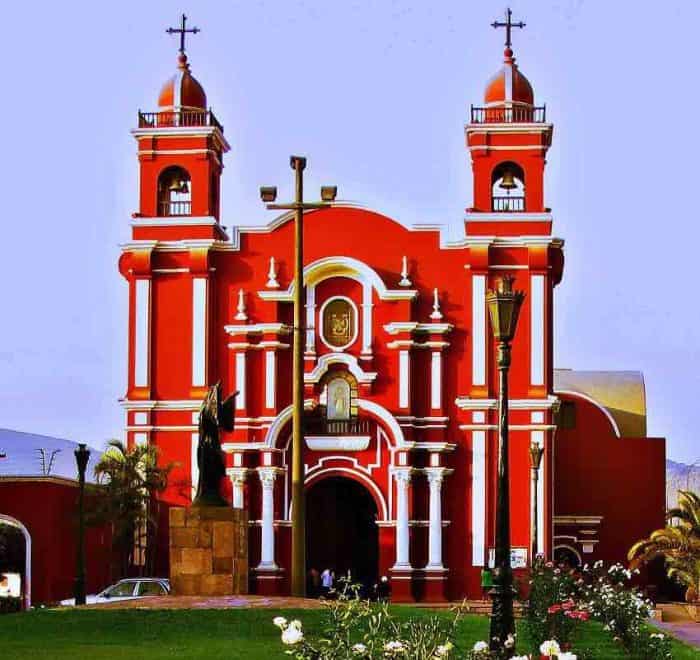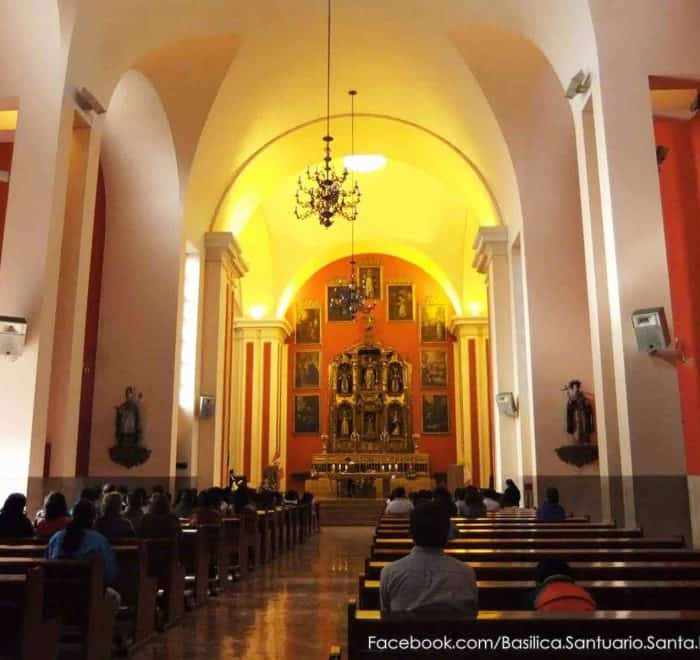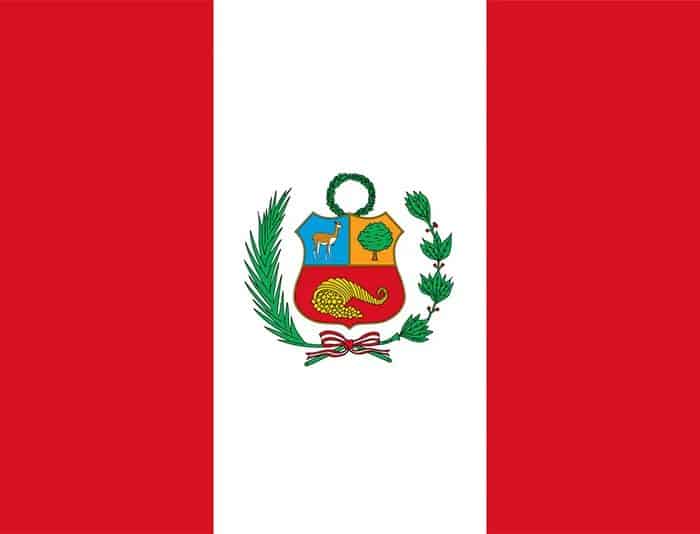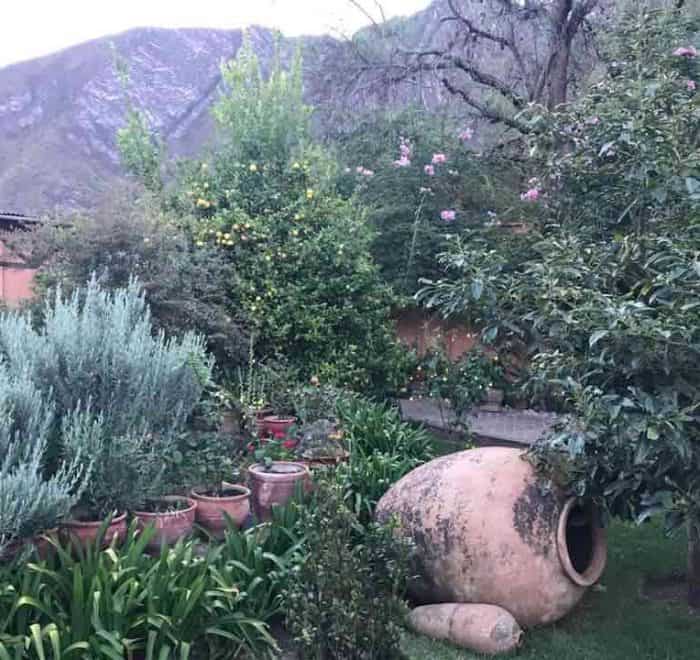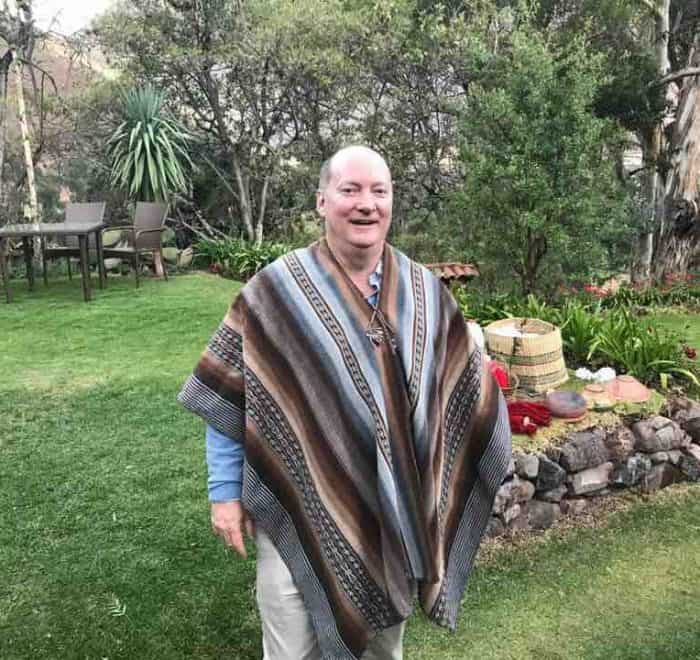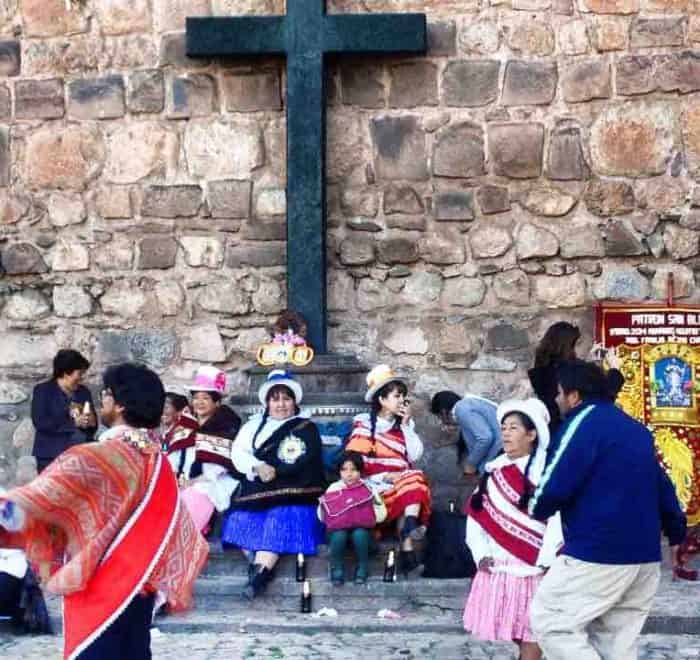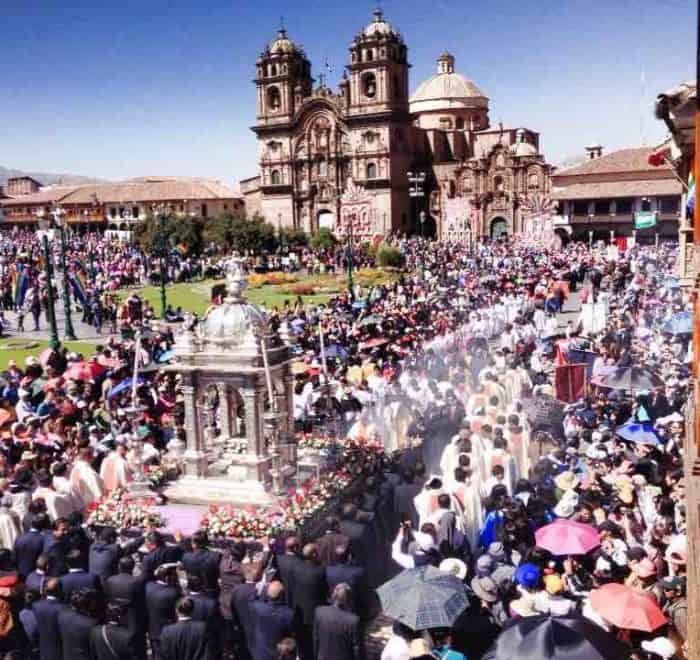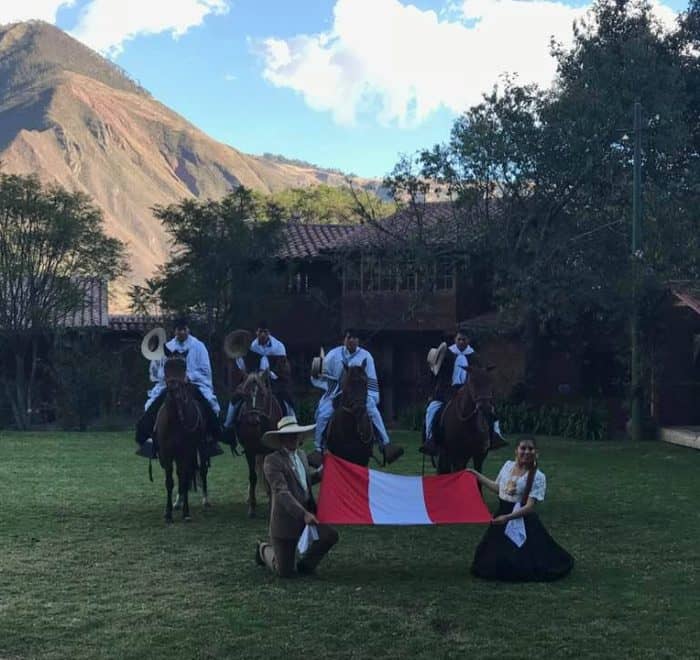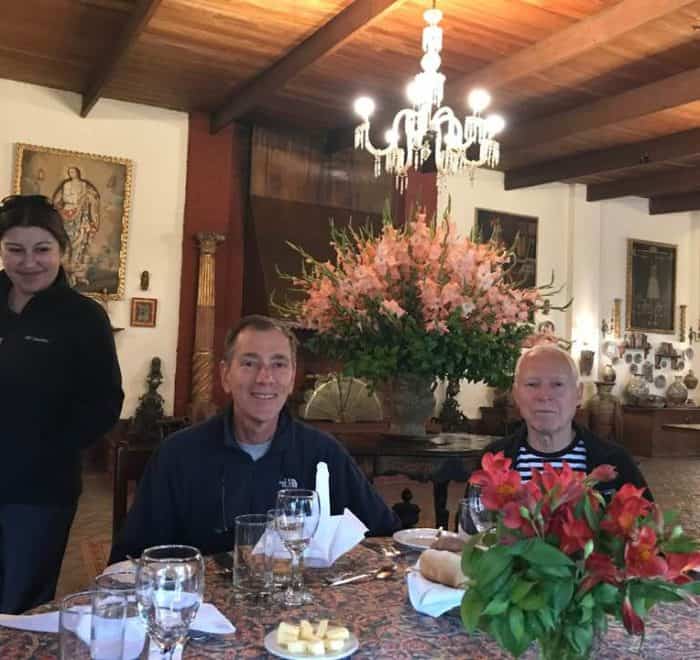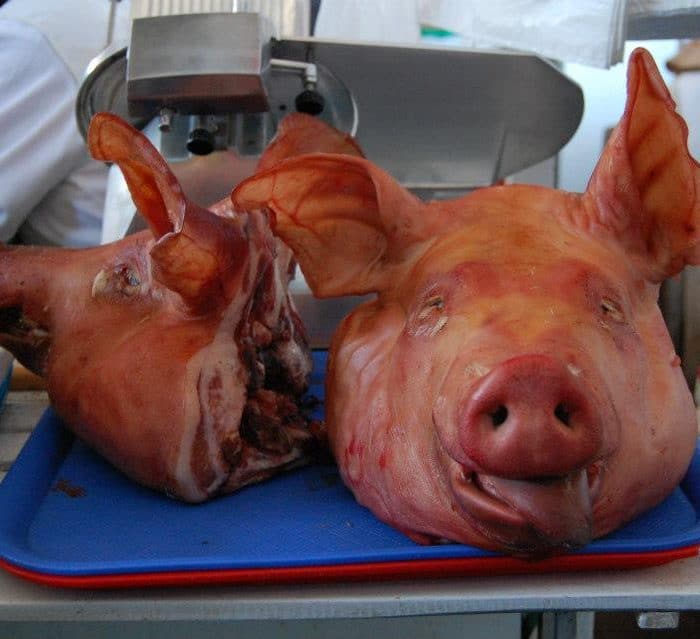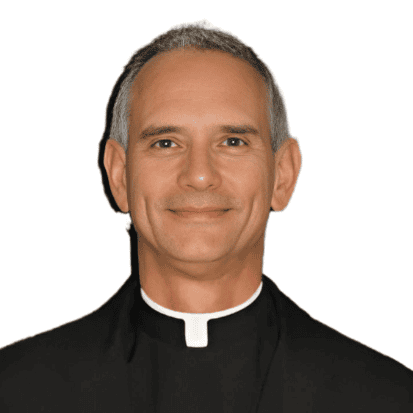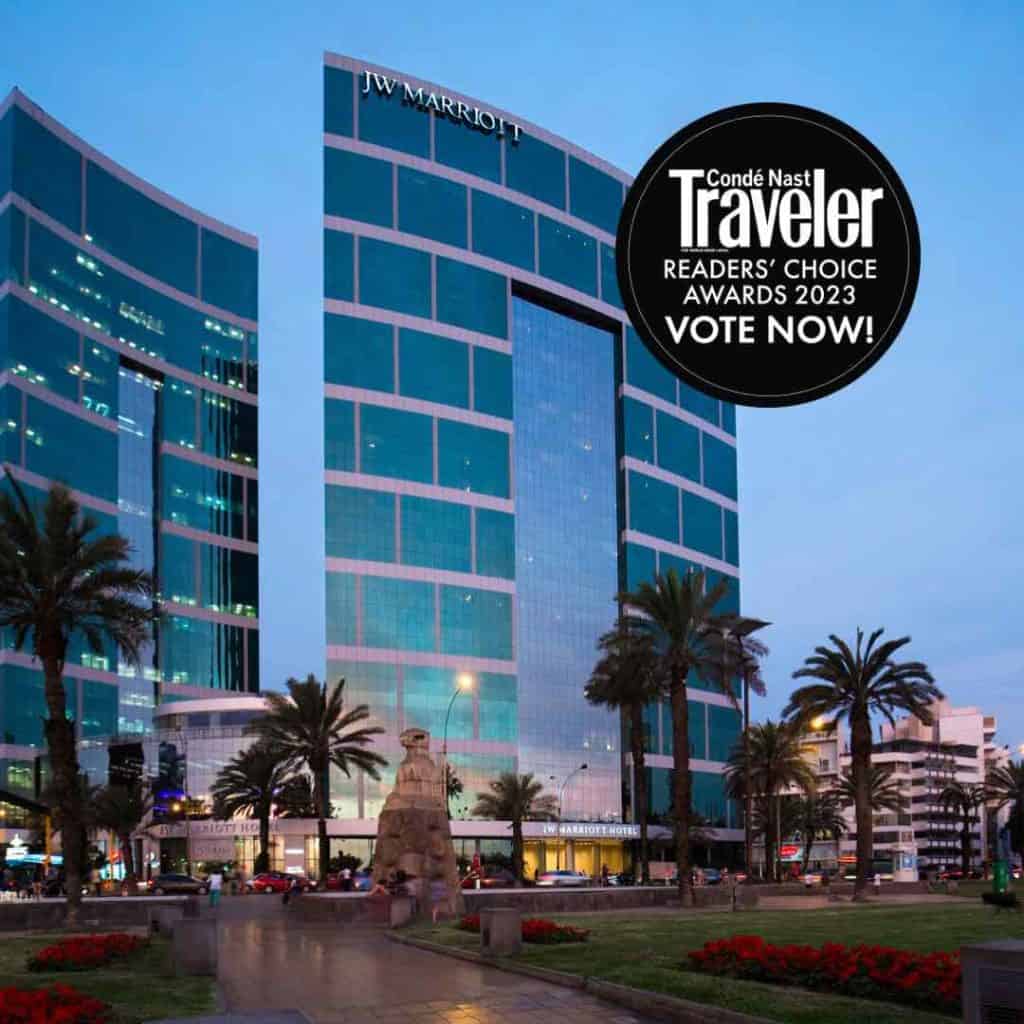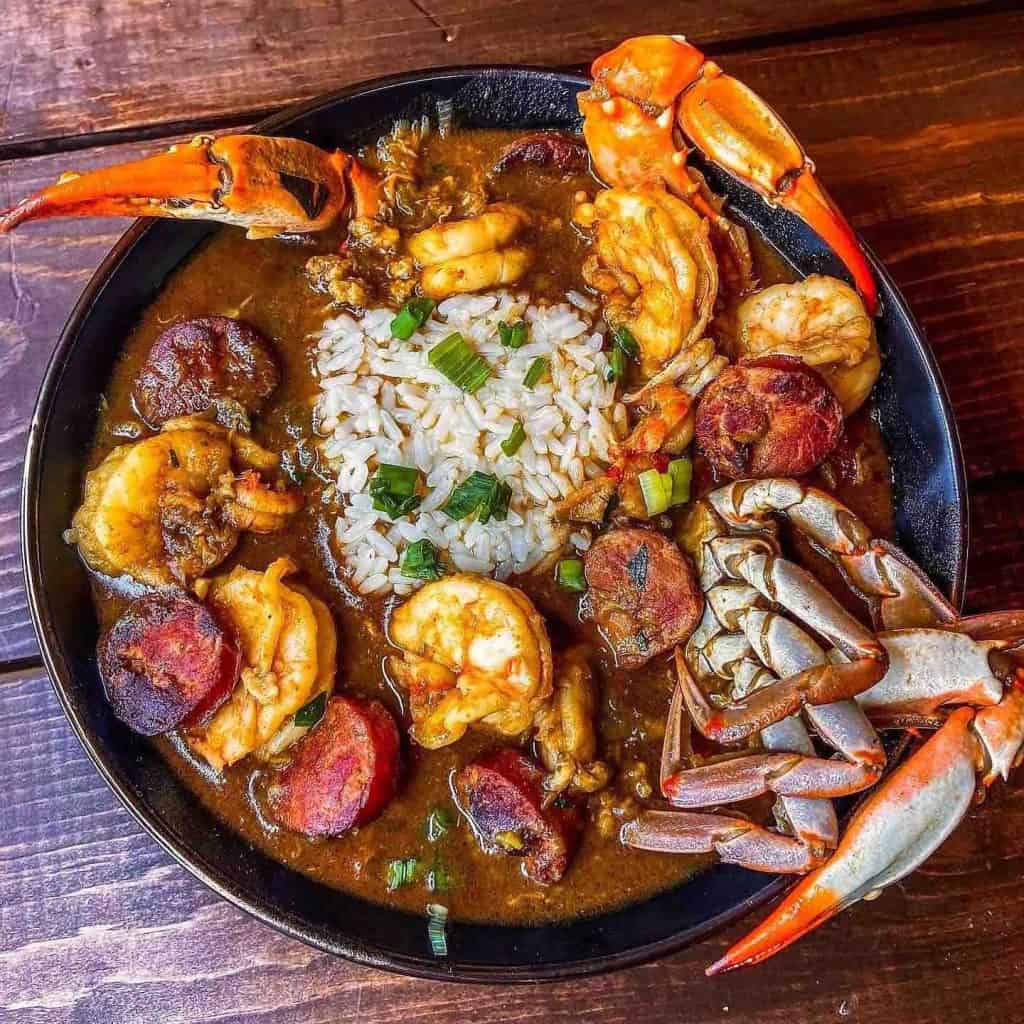Food Tour Lima. Tour Cusco Machu Picchu. Visit Saint Martin de Porres. Peruvian Cuisine. Hiram Bingham Train.
Enjoy a pachamanca lunch in the Sacred Valley, a Peruvian Paso horse demonstration, and champagne brunch aboard the elegant Hiram Bingham train to Machu Picchu. Experience world-class food in Lima, and visit Cusco, Shrines of St. Martin de Porres, Rose of Lima, and Juan Macias. Try to solve 8 unsolved mysteries of Machu Picchu with your visit. Lima is the food capital of South America. Some of the best restaurants in the world are located in Lima, Peru. Find out why Anthony Bourdain visited Lima for Peruvian cuisine during his first TV season! Feed your body and soul on this premium food and faith pilgrimage tour sampling world-famous Peruvian cuisine. Why don’t you book the new Peru Food and Faith pilgrimage for 2024 or 2025? — Perfect for Catholic Foodies!

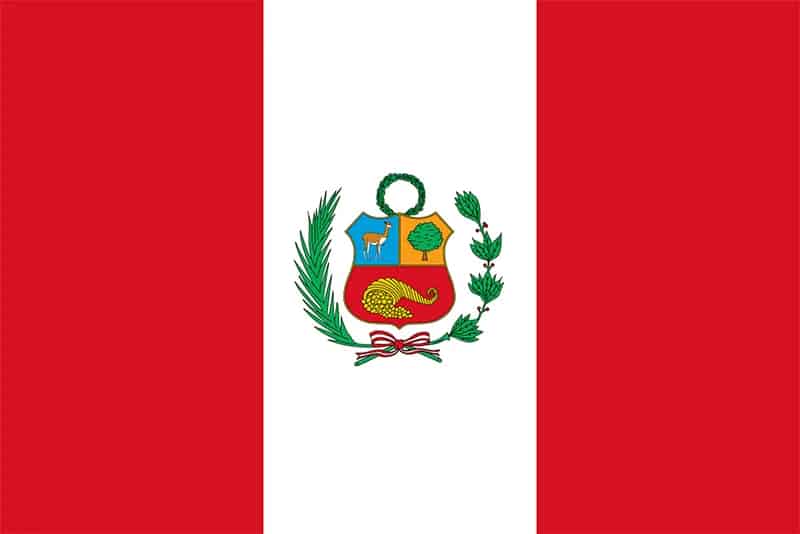 Upon arrival in Lima, you will be met by our airport representative and transferred to your hotel. You will receive a welcome pack upon arrival at your hotel. This includes a hard copy of your itinerary for your trip with local times, maps, recommended shopping and eating, and background information on the sites you will visit.
Upon arrival in Lima, you will be met by our airport representative and transferred to your hotel. You will receive a welcome pack upon arrival at your hotel. This includes a hard copy of your itinerary for your trip with local times, maps, recommended shopping and eating, and background information on the sites you will visit. This morning we will travel downtown to the heart of the Spanish colonial area where we will have Mass and visit the Church and Convent of Santo Domingo which date back to the end of the 16th century. Inside the church are the oldest choir stalls of Lima, the famous statue of the Virgen del Rosario, and the silver urns that contain the relicts of
This morning we will travel downtown to the heart of the Spanish colonial area where we will have Mass and visit the Church and Convent of Santo Domingo which date back to the end of the 16th century. Inside the church are the oldest choir stalls of Lima, the famous statue of the Virgen del Rosario, and the silver urns that contain the relicts of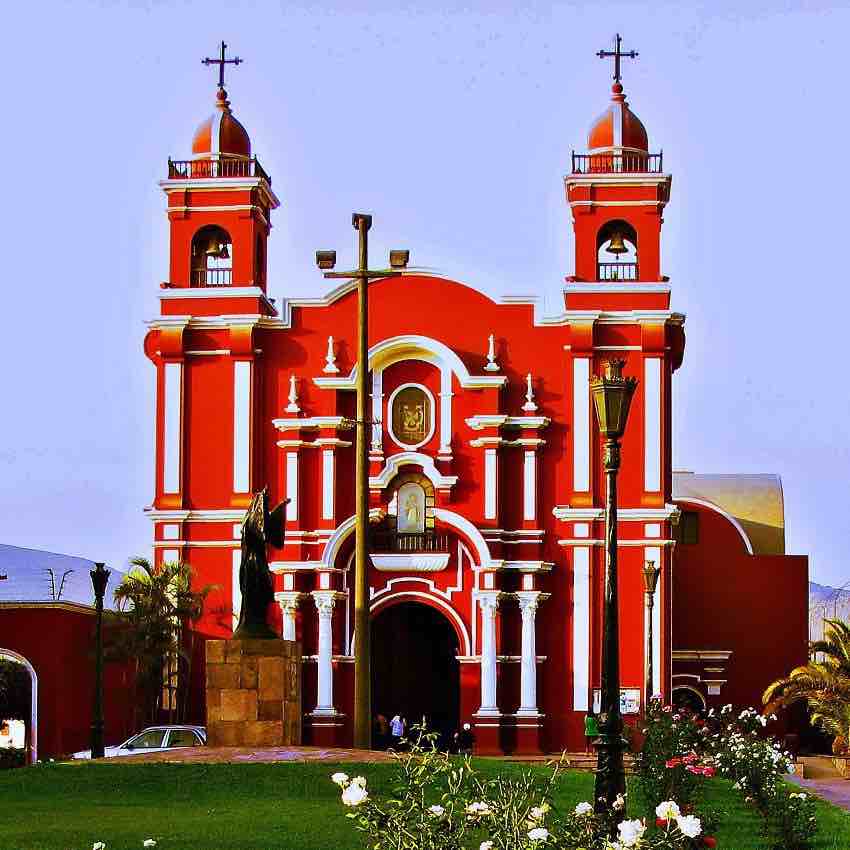 After lunch, we will visit the Basilica of St. Rose of Lima, which is built at the place where she was born. It was here she established a hospital for the poor. Some of her relics and the “Little Doctor”, an image of the Jesus Child that performed miraculous healings through Santa Rosas prayers, are kept here in the church. We will also see the house where St. Martin de Porres was born in 1579, now a shelter for seniors and women before traveling to the historic and bohemian district of Barranco, a neighborhood that preserves its traditions, taverns, markets, street food, and spirit since XIX century. Enjoy free time to explore this charming area full of galleries, boutiques, and cafes.
After lunch, we will visit the Basilica of St. Rose of Lima, which is built at the place where she was born. It was here she established a hospital for the poor. Some of her relics and the “Little Doctor”, an image of the Jesus Child that performed miraculous healings through Santa Rosas prayers, are kept here in the church. We will also see the house where St. Martin de Porres was born in 1579, now a shelter for seniors and women before traveling to the historic and bohemian district of Barranco, a neighborhood that preserves its traditions, taverns, markets, street food, and spirit since XIX century. Enjoy free time to explore this charming area full of galleries, boutiques, and cafes.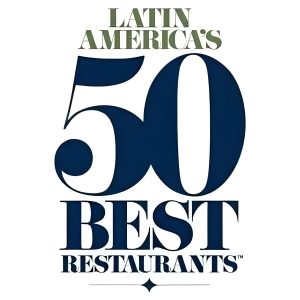 Lima is the gastronomic capital of South America. Critics are constantly raving about the amazing restaurants, many of which are recognized worldwide for their innovative approaches. This morning we will begin our culinary exploration of Peruvian cuisine with a visit to a distinctly Peruvian-style neighborhood market. Our expert Guide will lead us off the beaten path and show us an array of different regional ingredients, most of which are very strictly Peruvian. Enjoy tasting regional meats, fruits, cheeses, liquors, drinks, and sweets, all the while chatting and laughing with enthusiastic vendors and chefs, eager to share their favorite flavors. Shop for “superfoods” such as quinoa, chia, maca, sacha inchi, and other local products that can be brought back to the USA.
Lima is the gastronomic capital of South America. Critics are constantly raving about the amazing restaurants, many of which are recognized worldwide for their innovative approaches. This morning we will begin our culinary exploration of Peruvian cuisine with a visit to a distinctly Peruvian-style neighborhood market. Our expert Guide will lead us off the beaten path and show us an array of different regional ingredients, most of which are very strictly Peruvian. Enjoy tasting regional meats, fruits, cheeses, liquors, drinks, and sweets, all the while chatting and laughing with enthusiastic vendors and chefs, eager to share their favorite flavors. Shop for “superfoods” such as quinoa, chia, maca, sacha inchi, and other local products that can be brought back to the USA.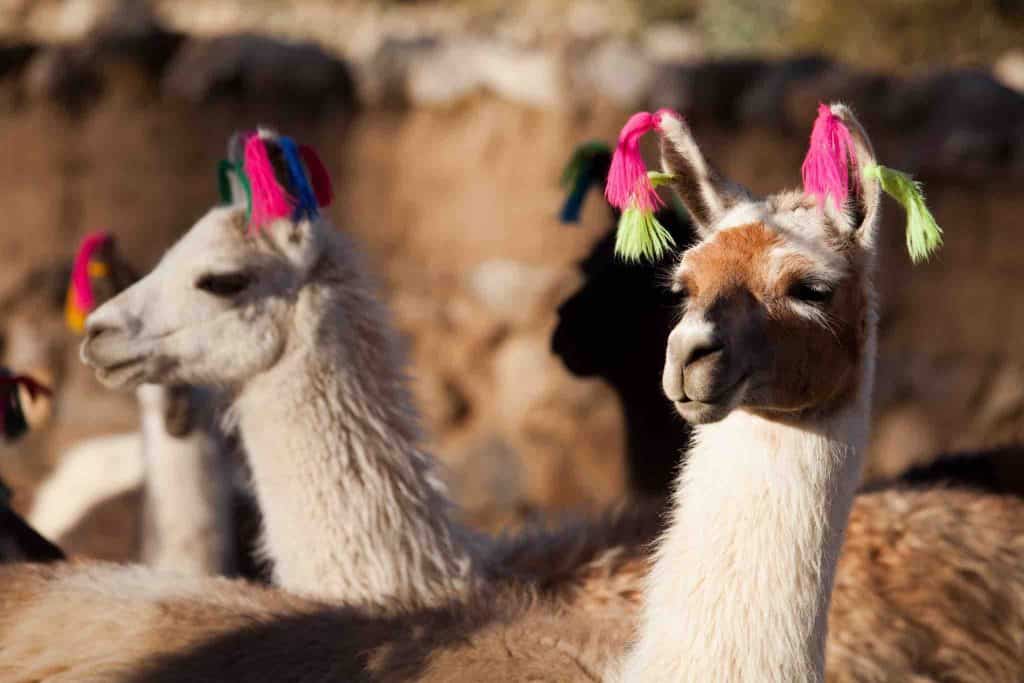 A representative will meet us in the lobby of the hotel, 2 ½ hours before our flight departure, in order to assist us with checkout, and then escort us to the airport for our flight to Cusco. After we have checked in our luggage, he will accompany us until we pass through to the departure area.
A representative will meet us in the lobby of the hotel, 2 ½ hours before our flight departure, in order to assist us with checkout, and then escort us to the airport for our flight to Cusco. After we have checked in our luggage, he will accompany us until we pass through to the departure area.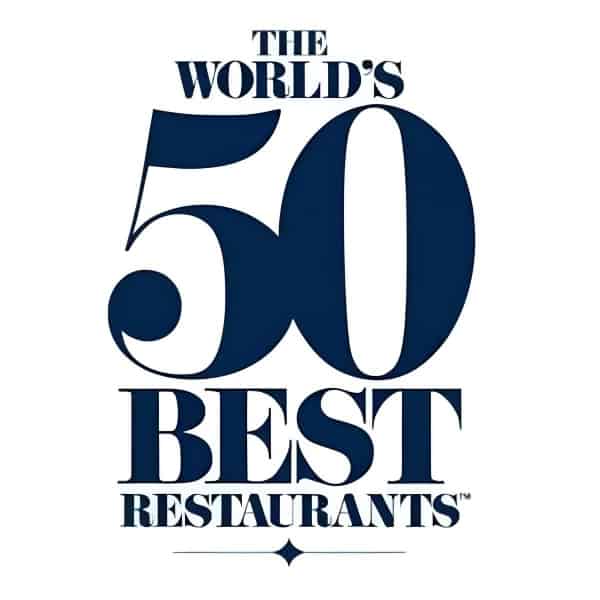 This morning, we will head to the town and ruins of the village of Chinchero (3,800m/12,500ft). Higher than Cusco and the Urubamba Valley, Chinchero was once home to the great conquering emperor Inca Topa Yupanqui and features his magnificent palace, with a parade ground and royal viewing pavilion alongside. The town also boasts a hillside of terraces studded with rock-outcrop shrines, a charming village with a layout dating back to Inca times, and a magnificent view of the snow-capped mountains of the Cordillera Vilcabamba range. Held next to the ruins is the fascinating Sunday market where people come to sell and trade goods and produce and to have a picnic with the family, a perfect spot to gain insight into local life.
This morning, we will head to the town and ruins of the village of Chinchero (3,800m/12,500ft). Higher than Cusco and the Urubamba Valley, Chinchero was once home to the great conquering emperor Inca Topa Yupanqui and features his magnificent palace, with a parade ground and royal viewing pavilion alongside. The town also boasts a hillside of terraces studded with rock-outcrop shrines, a charming village with a layout dating back to Inca times, and a magnificent view of the snow-capped mountains of the Cordillera Vilcabamba range. Held next to the ruins is the fascinating Sunday market where people come to sell and trade goods and produce and to have a picnic with the family, a perfect spot to gain insight into local life.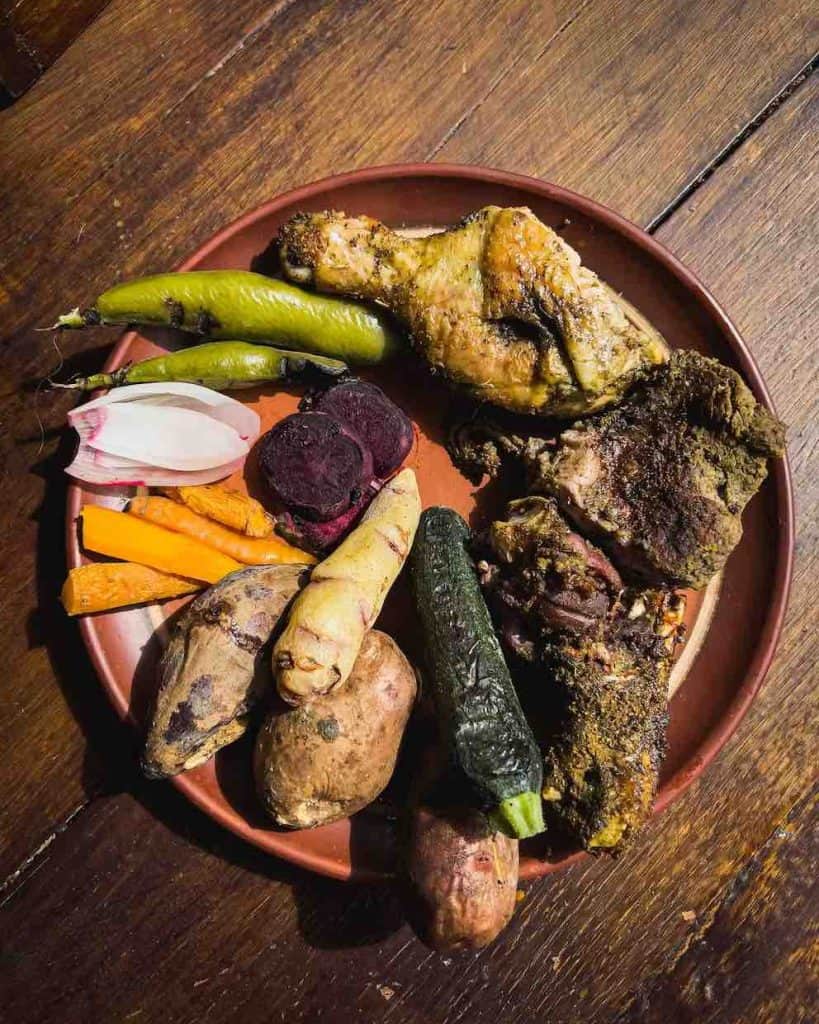 Guided Visit to Pisac Ruins | Pisac is one of the most important Inca sites in the Urubamba Valley. With Inca masonry of superlative quality, the stunning terracing following the contours of the mountain and a superior view of the valley will leave you in awe. Explore at your own pace in this marvelous setting.
Guided Visit to Pisac Ruins | Pisac is one of the most important Inca sites in the Urubamba Valley. With Inca masonry of superlative quality, the stunning terracing following the contours of the mountain and a superior view of the valley will leave you in awe. Explore at your own pace in this marvelous setting. Private Guided Visit at Machu Picchu | Accompanied by Expert Guide | “Magnificence” is the only word to describe the scene, as you gaze upon the ruins of Machu Picchu. The leading destination on many travelers’ “Bucket Lists,” the “Lost City of the Incas‟ is a man-made marvel that symbolizes the ingenuity and prosperity of one of the most powerful nations in Latin American history. Only a century ago were the incredible ruins uncovered; a two-year excavation led by Yale archaeologist Hiram Bingham and the National Geographic Society of Washington DC allowed Machu Picchu to gain the prominence that it deserves. Its fascination is due in part to its position, high on a mountain ridge, 2,430m/7,972 ft above sea level. Believed to be an Inca settlement built to control the economies of neighboring communities, it is associated with the royal estate of Pachacuti, the great Inca who sparked the empire’s expansion.
Private Guided Visit at Machu Picchu | Accompanied by Expert Guide | “Magnificence” is the only word to describe the scene, as you gaze upon the ruins of Machu Picchu. The leading destination on many travelers’ “Bucket Lists,” the “Lost City of the Incas‟ is a man-made marvel that symbolizes the ingenuity and prosperity of one of the most powerful nations in Latin American history. Only a century ago were the incredible ruins uncovered; a two-year excavation led by Yale archaeologist Hiram Bingham and the National Geographic Society of Washington DC allowed Machu Picchu to gain the prominence that it deserves. Its fascination is due in part to its position, high on a mountain ridge, 2,430m/7,972 ft above sea level. Believed to be an Inca settlement built to control the economies of neighboring communities, it is associated with the royal estate of Pachacuti, the great Inca who sparked the empire’s expansion.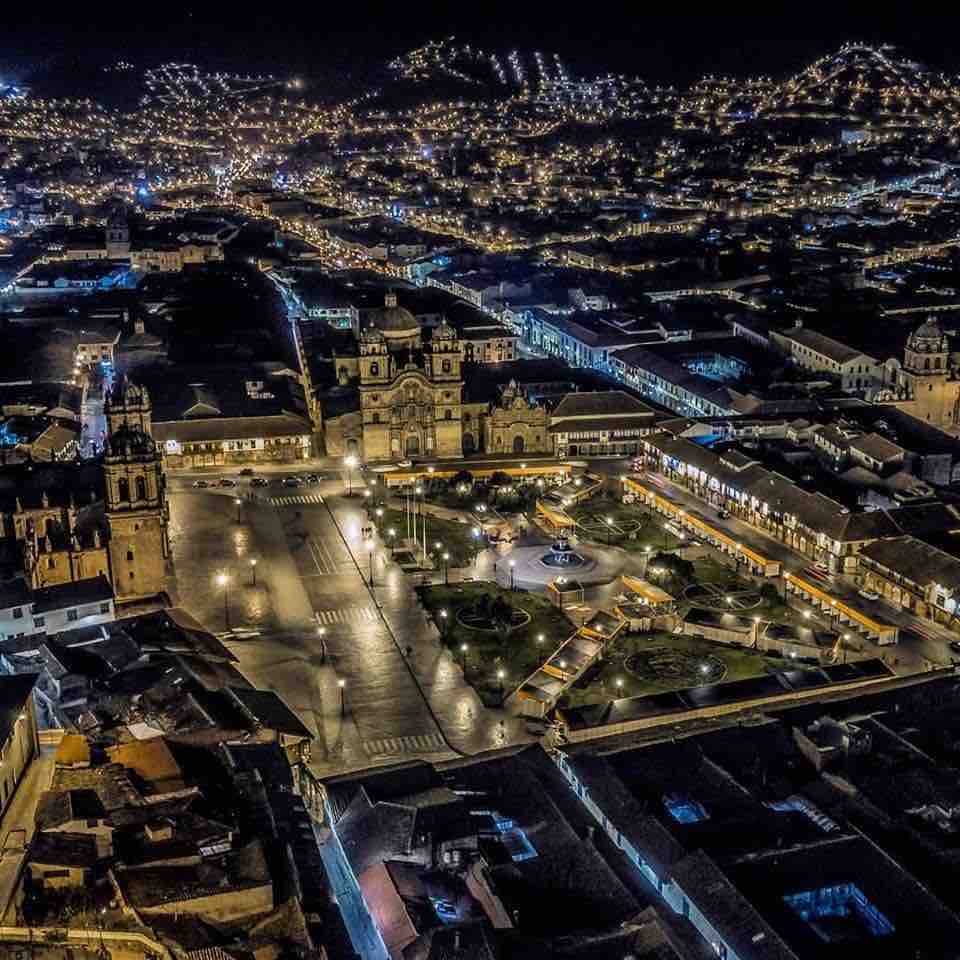 In and Around Cusco | ½ Day Tour | Cusco (3,400m/11,155ft) is without a doubt the most beautiful town in Peru and arguably in South America. It was considered the navel of the earth and was the capital of Tahuantinsuyo (the Inca Empire), an empire that, at its peak, stretched northwards to the south of Colombia, southwards to northern Chile and Argentina, and westwards across the Andes to the Amazon basin.
In and Around Cusco | ½ Day Tour | Cusco (3,400m/11,155ft) is without a doubt the most beautiful town in Peru and arguably in South America. It was considered the navel of the earth and was the capital of Tahuantinsuyo (the Inca Empire), an empire that, at its peak, stretched northwards to the south of Colombia, southwards to northern Chile and Argentina, and westwards across the Andes to the Amazon basin.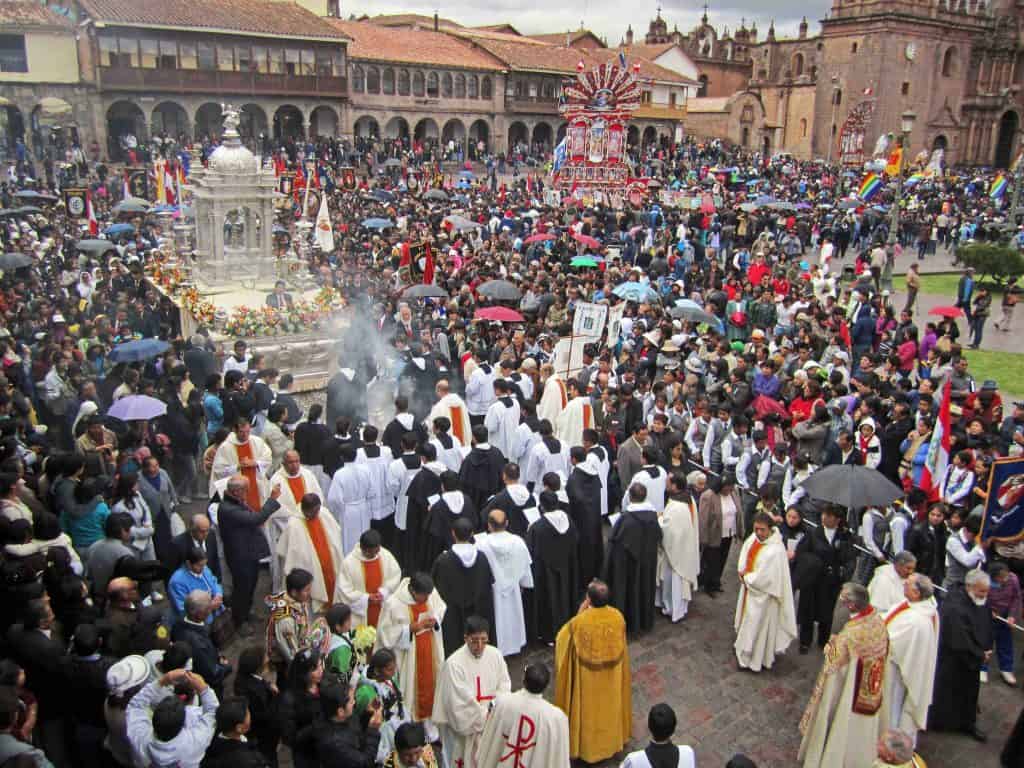 Day at leisure in Cusco. Feast of Corpus Christi.
Day at leisure in Cusco. Feast of Corpus Christi.